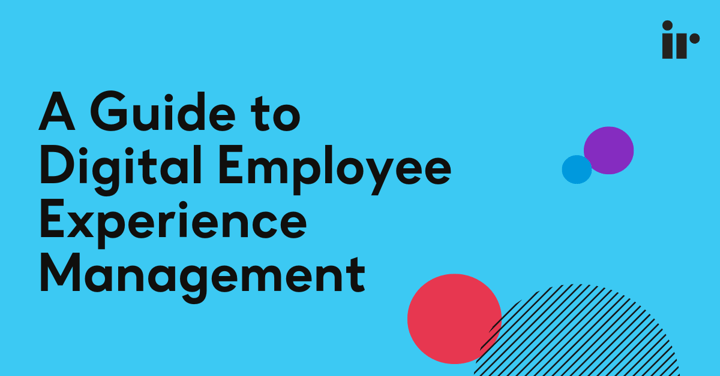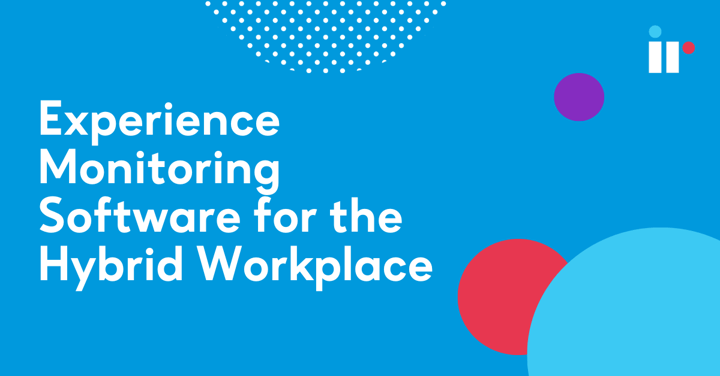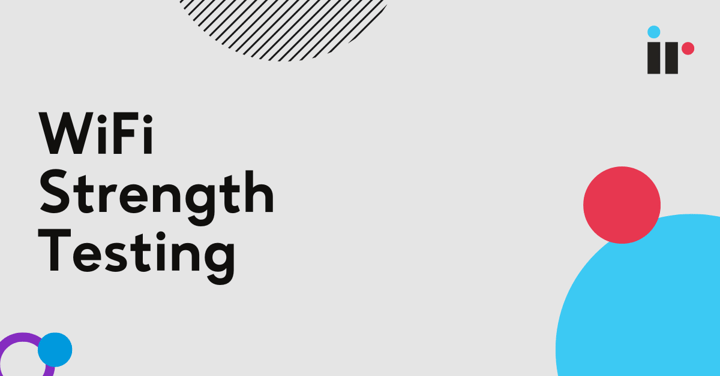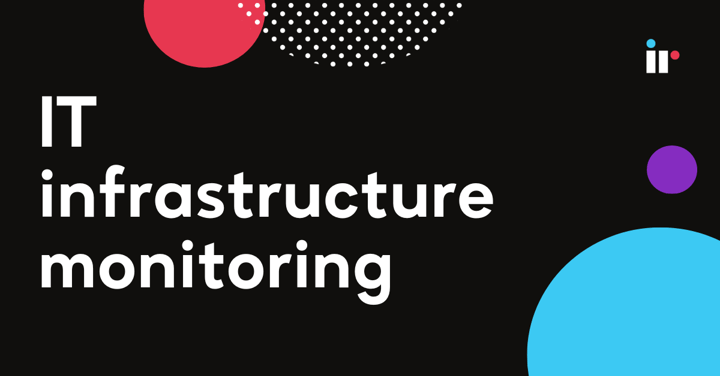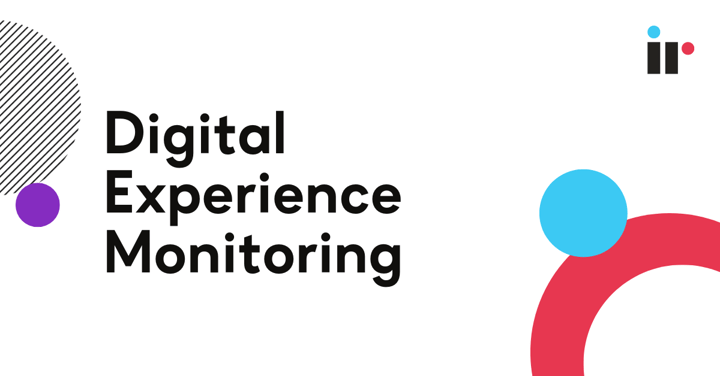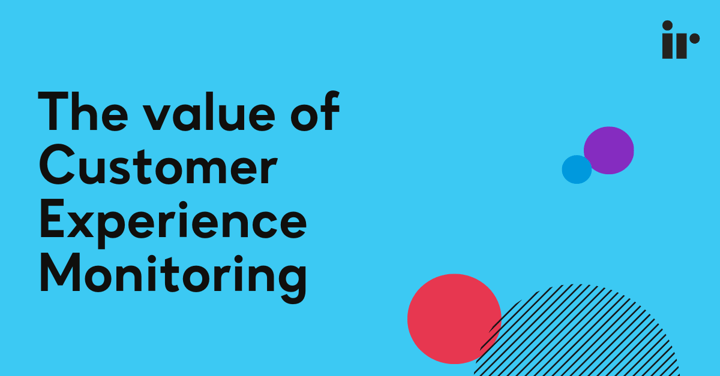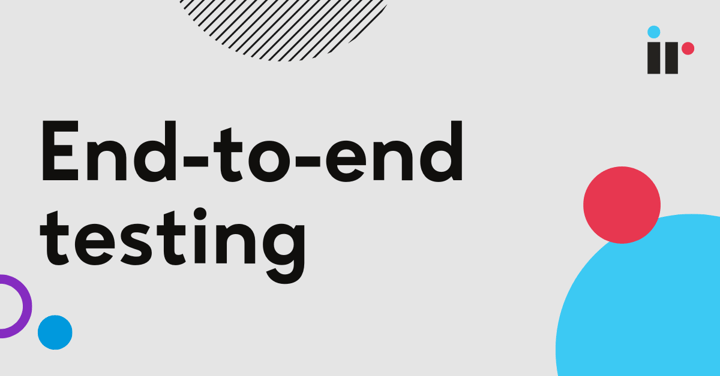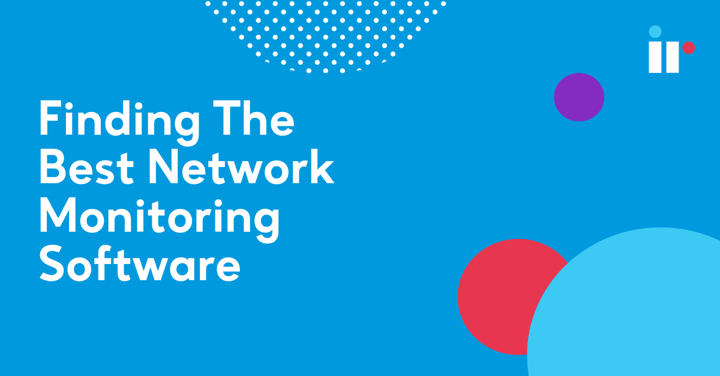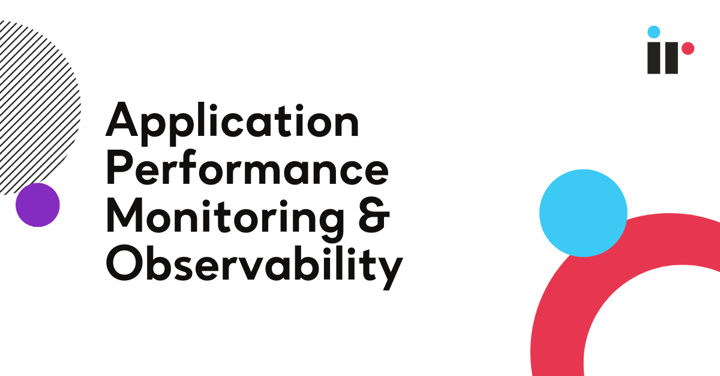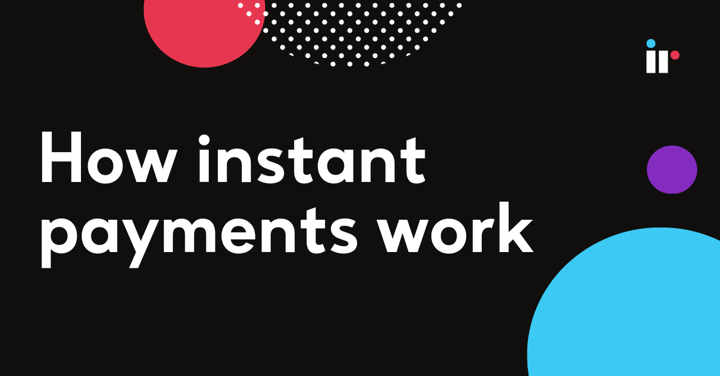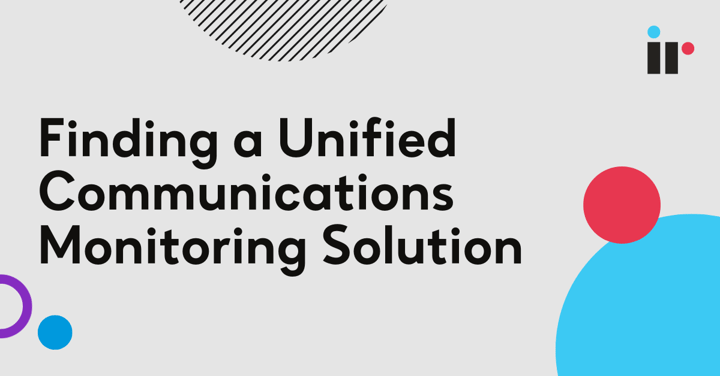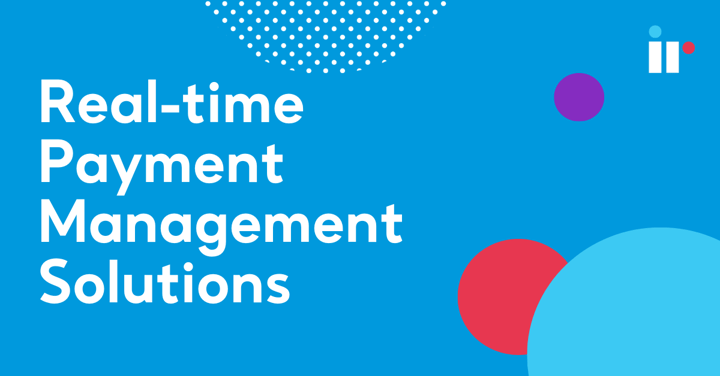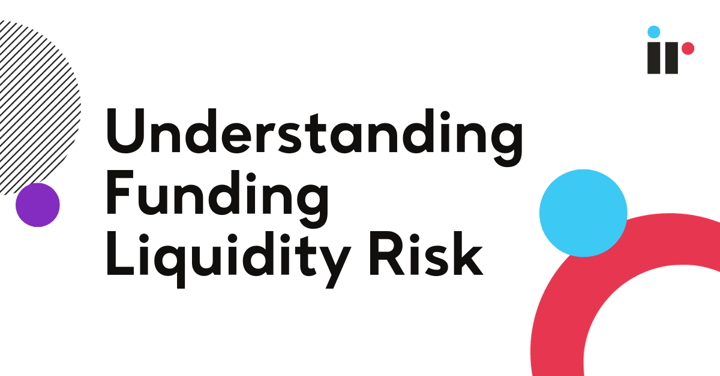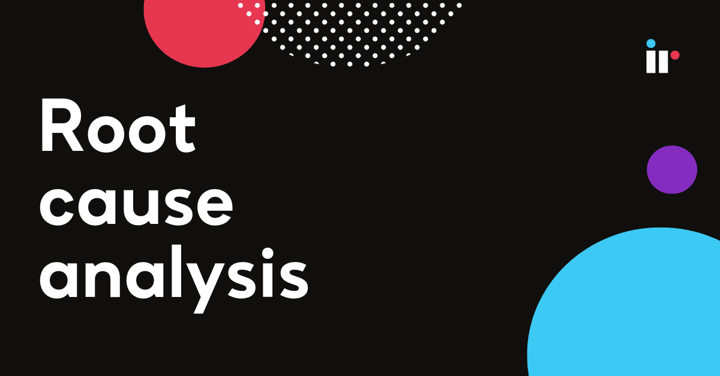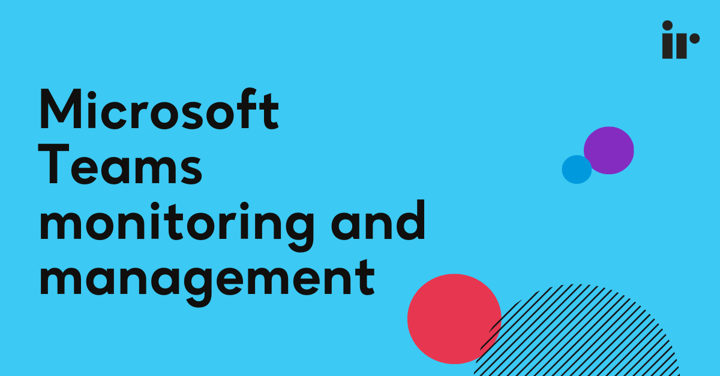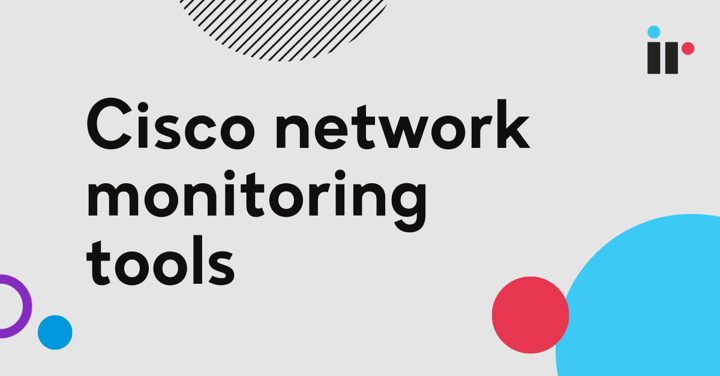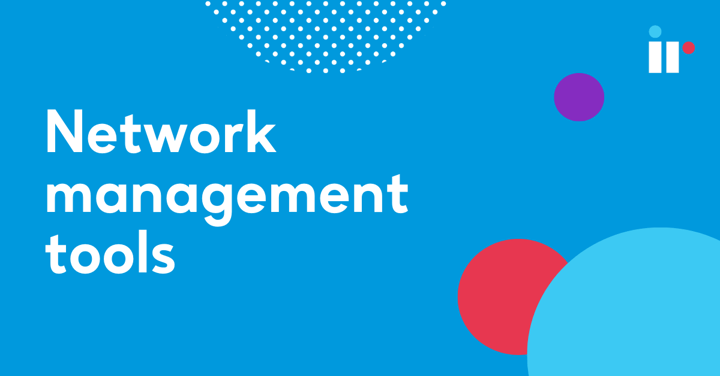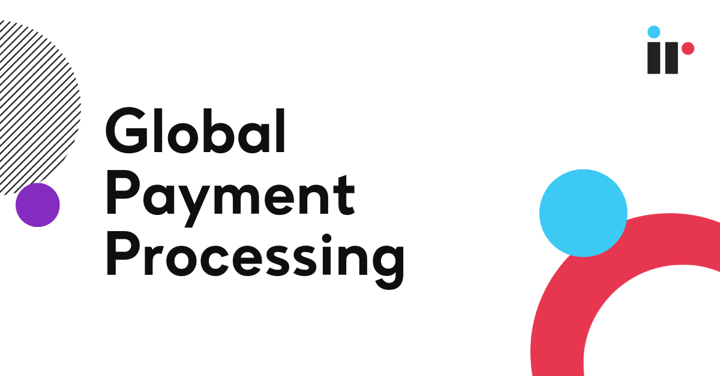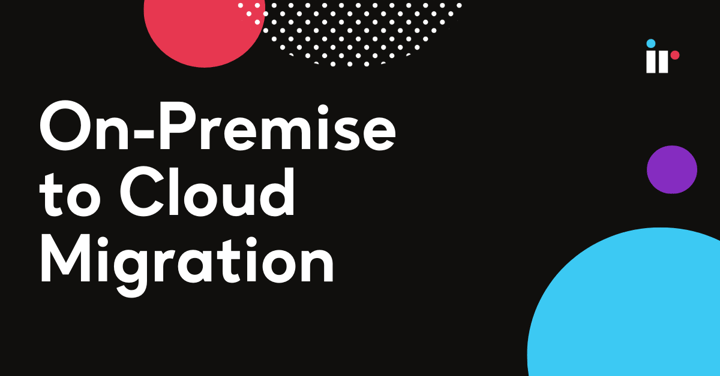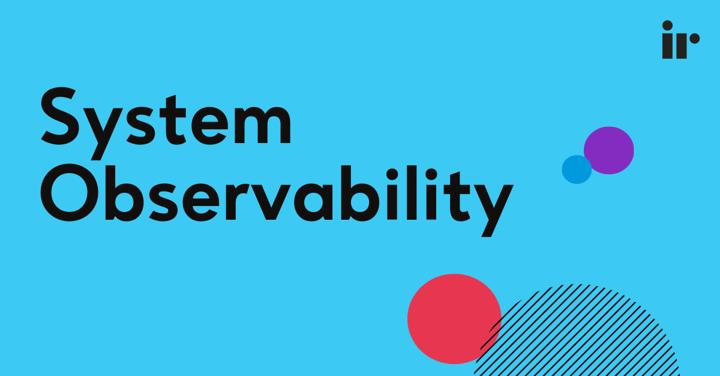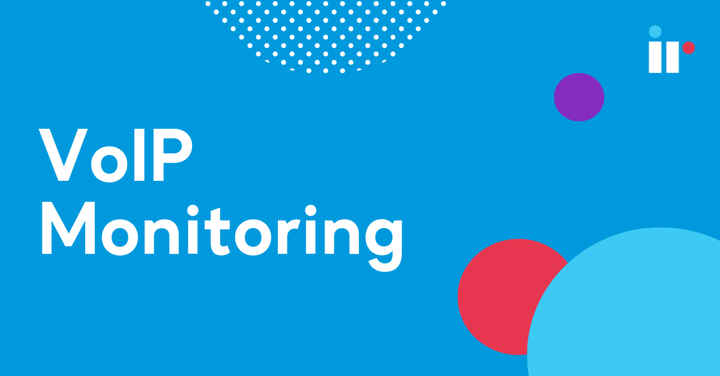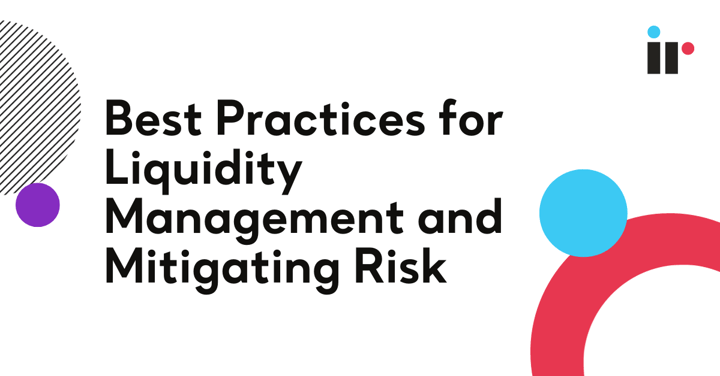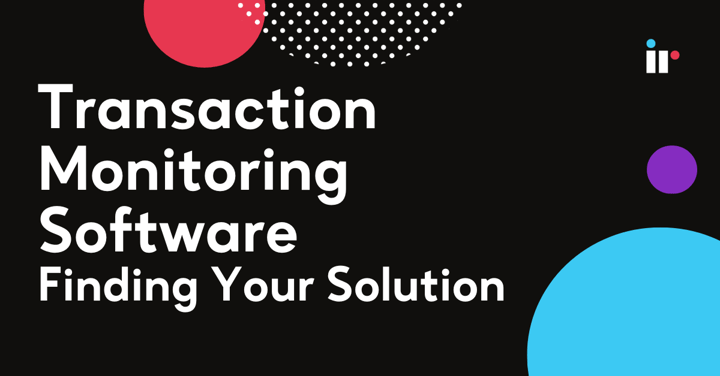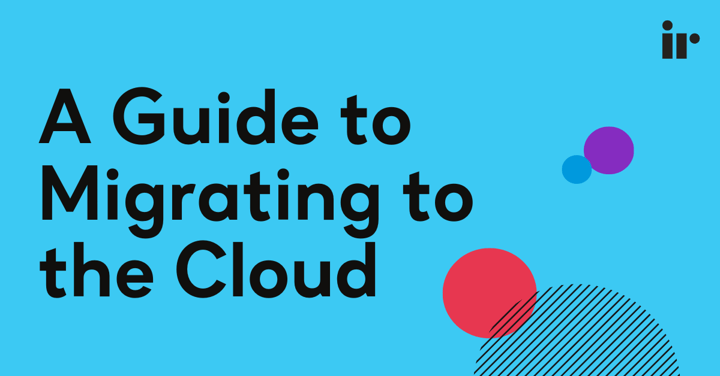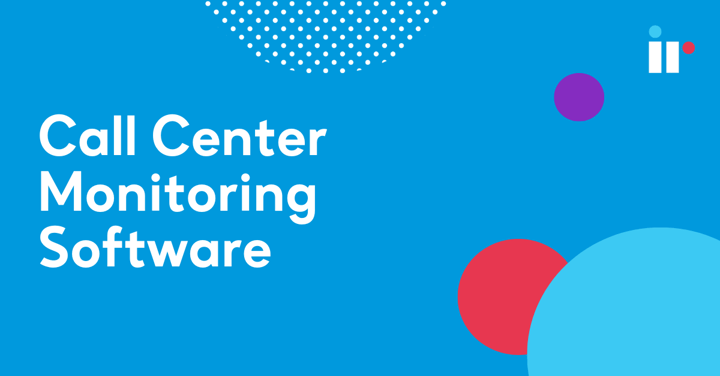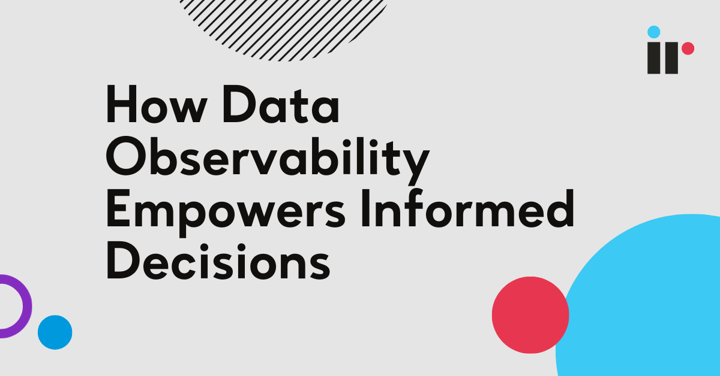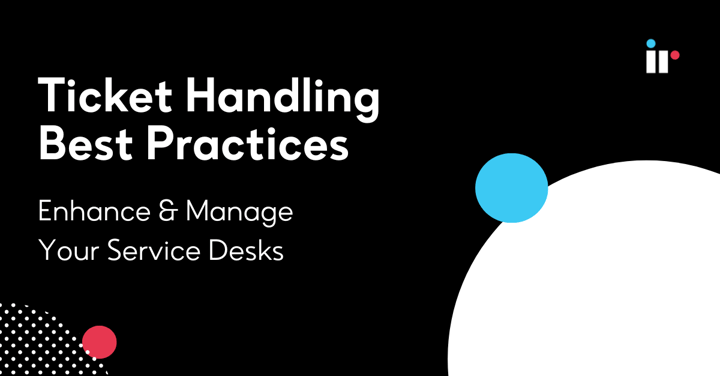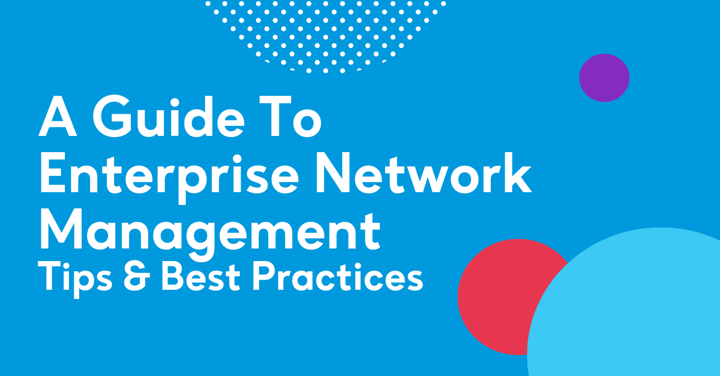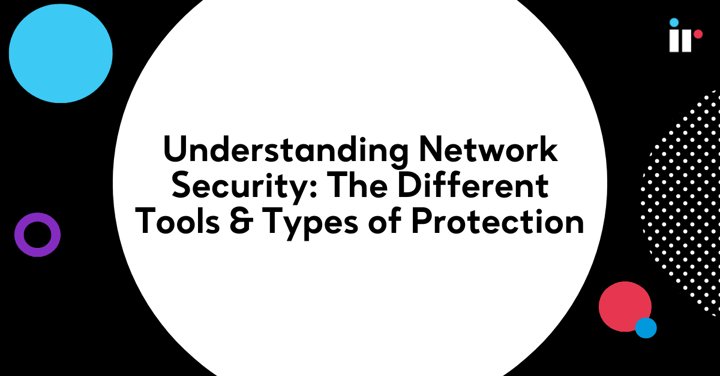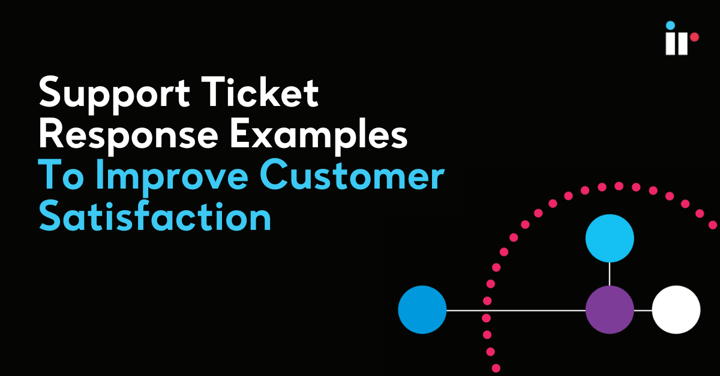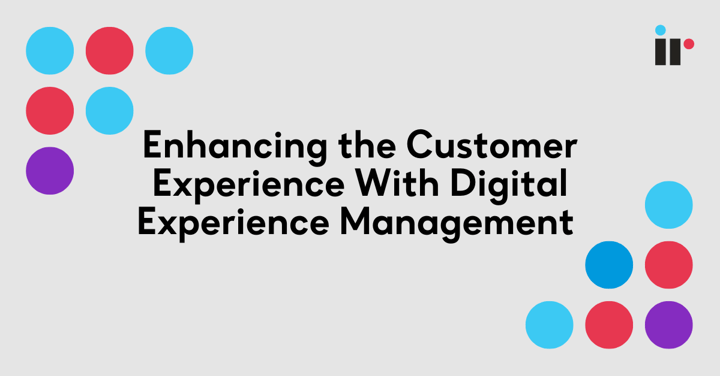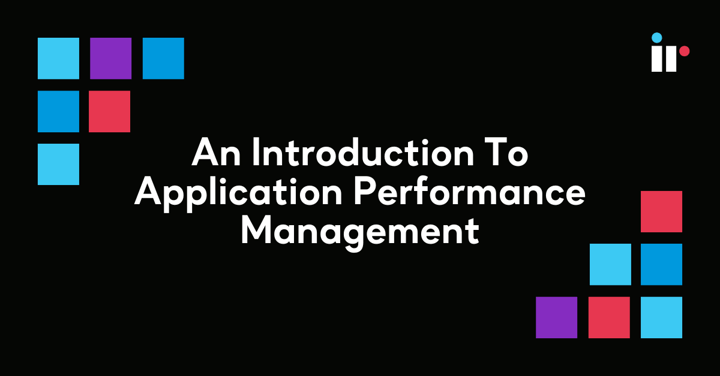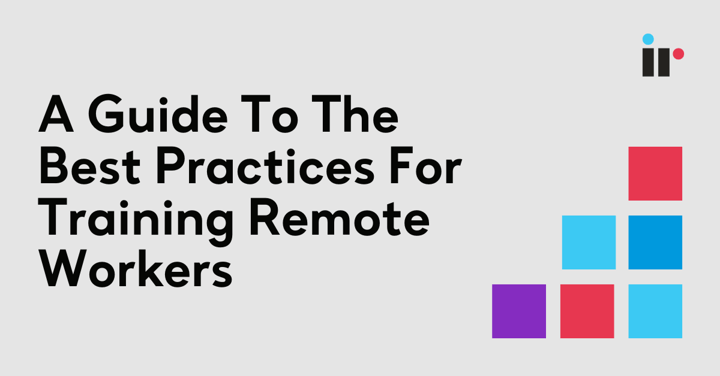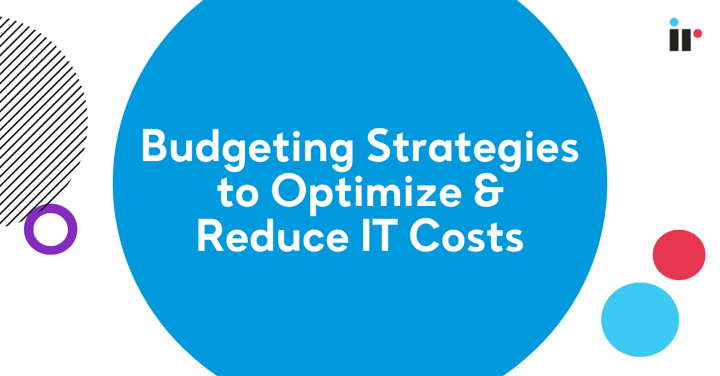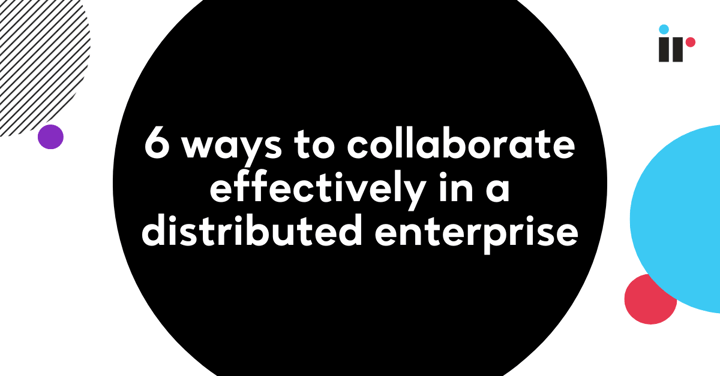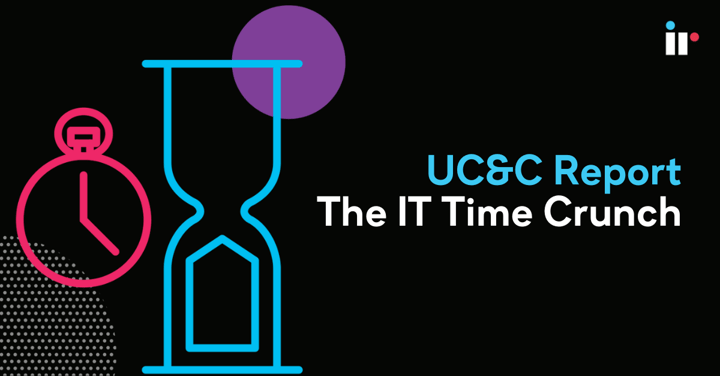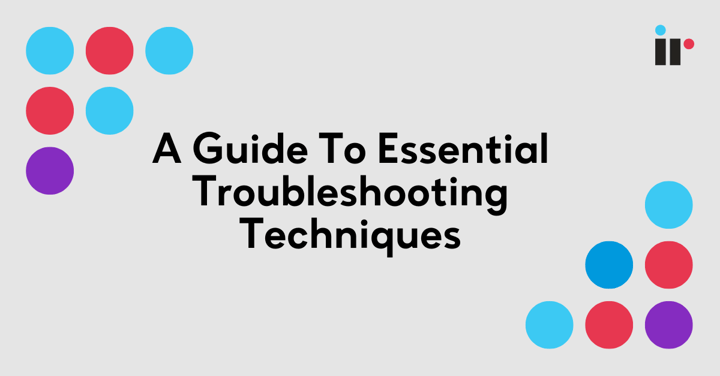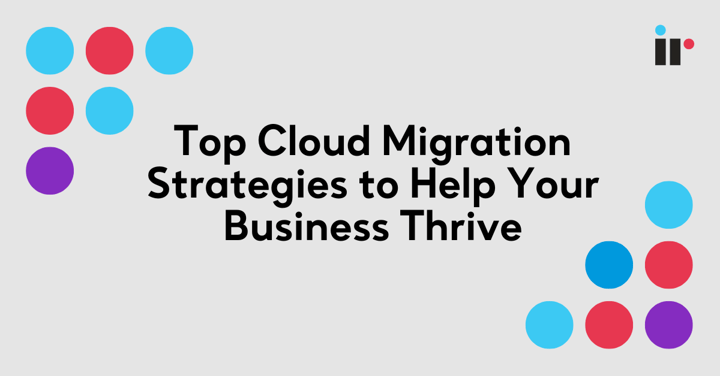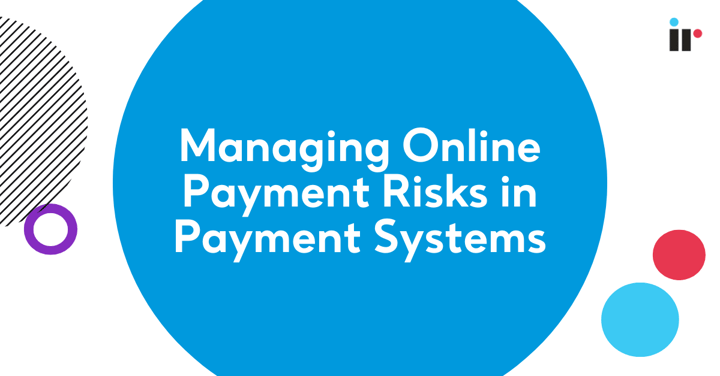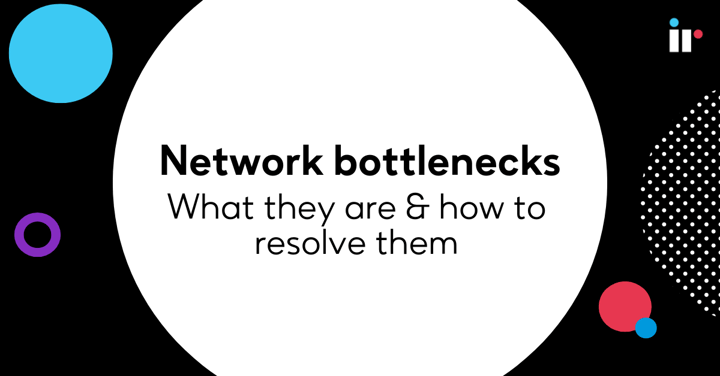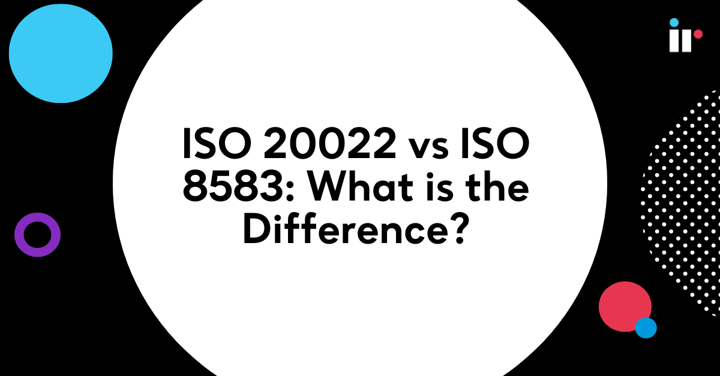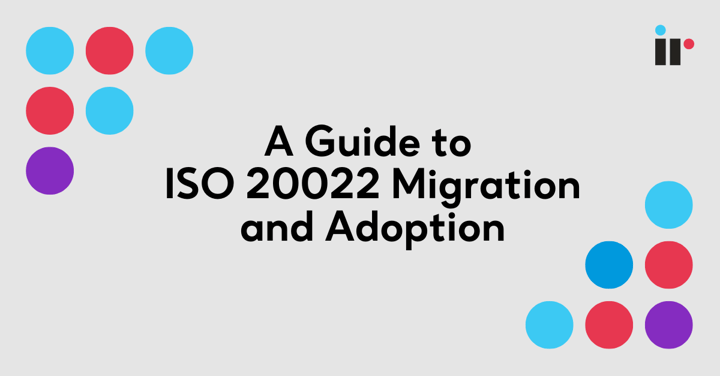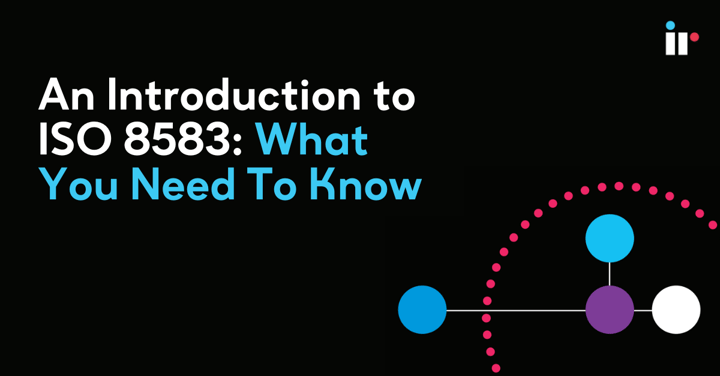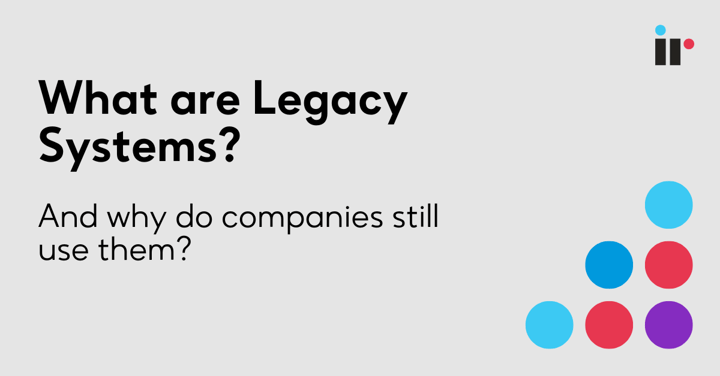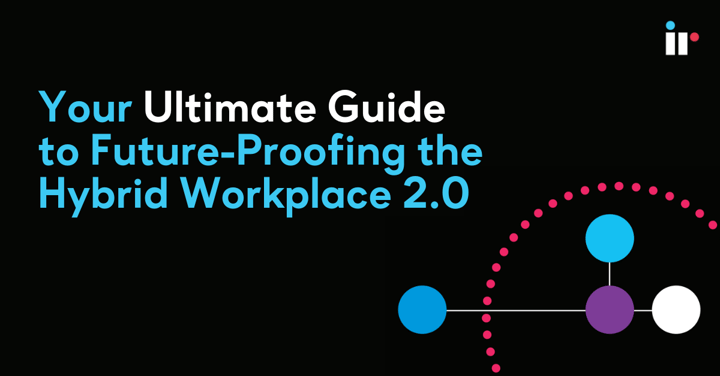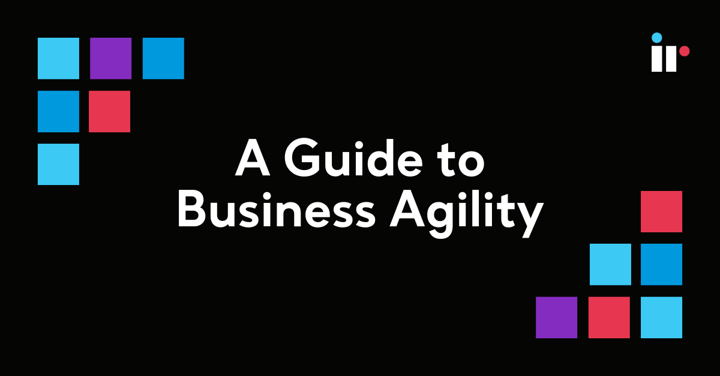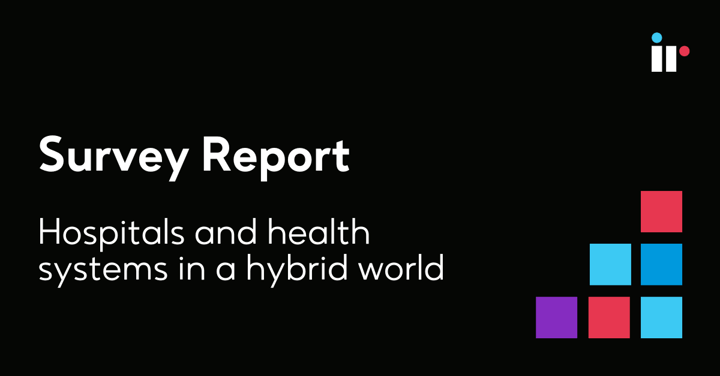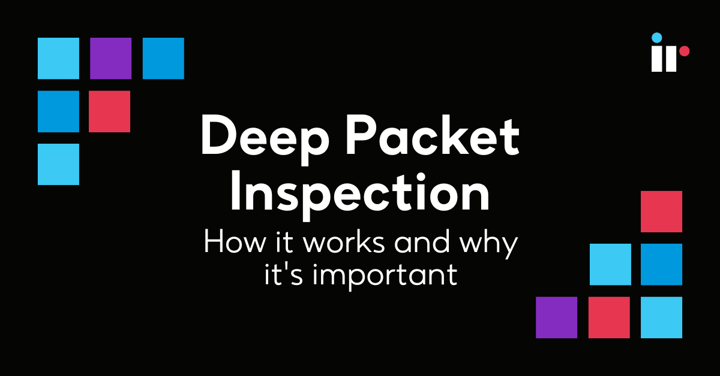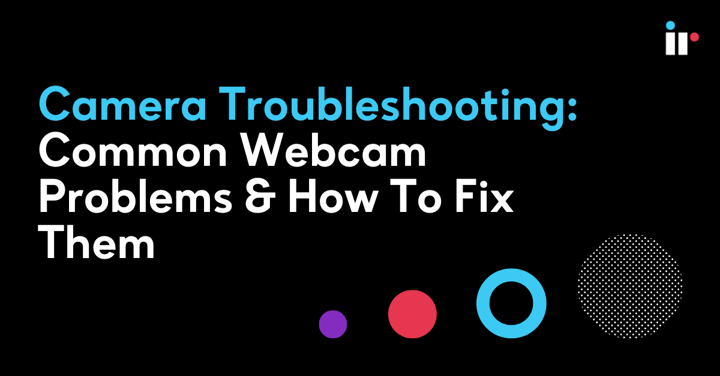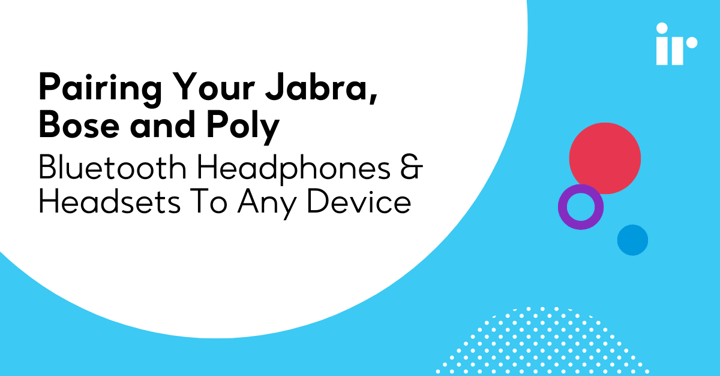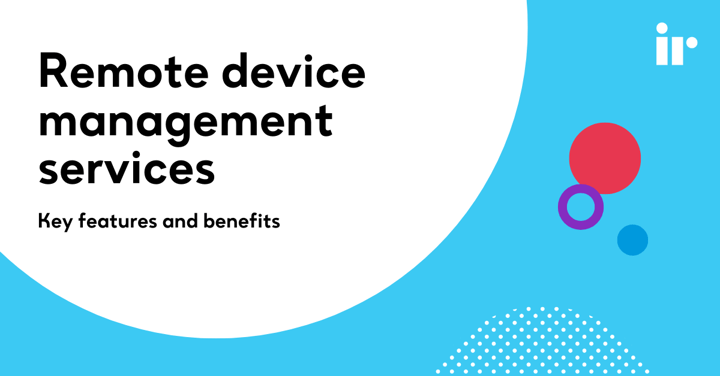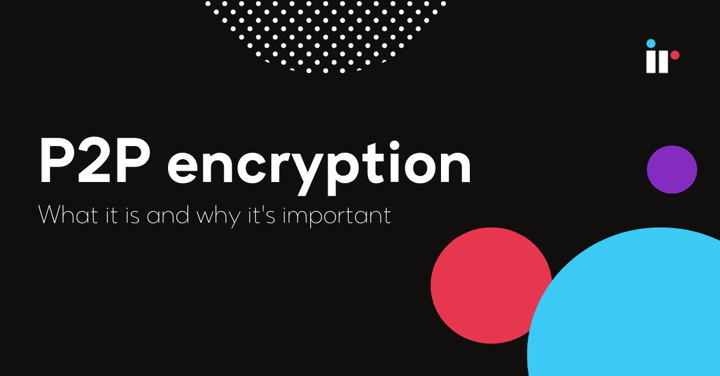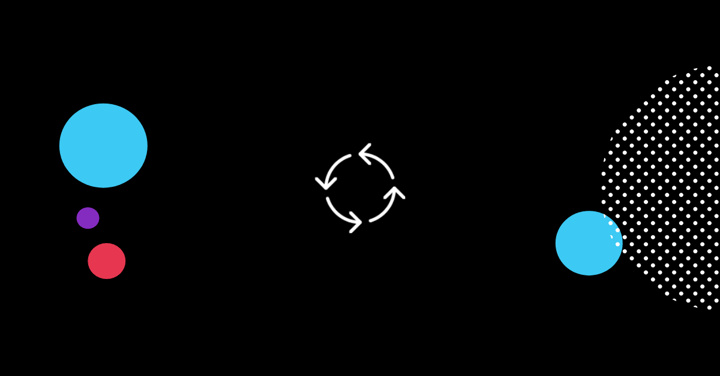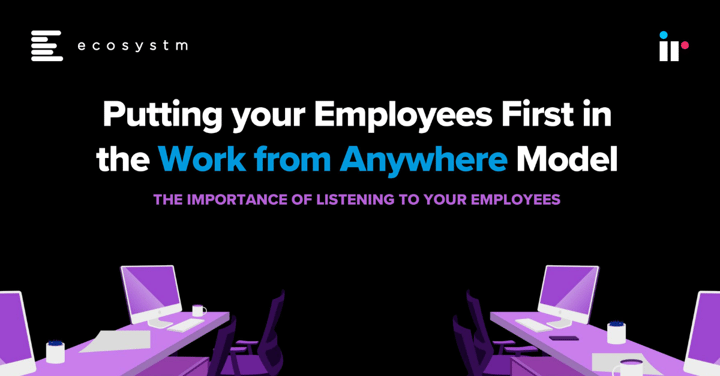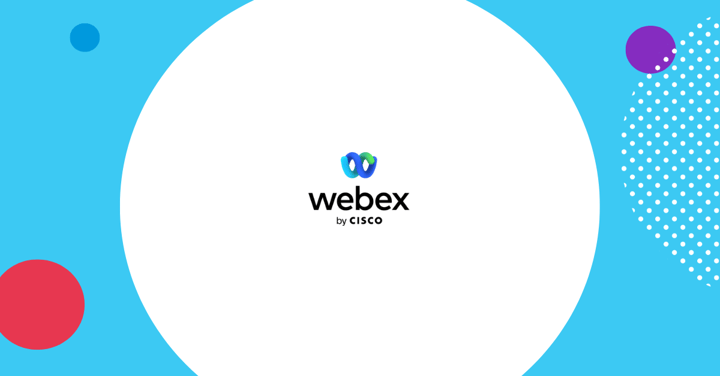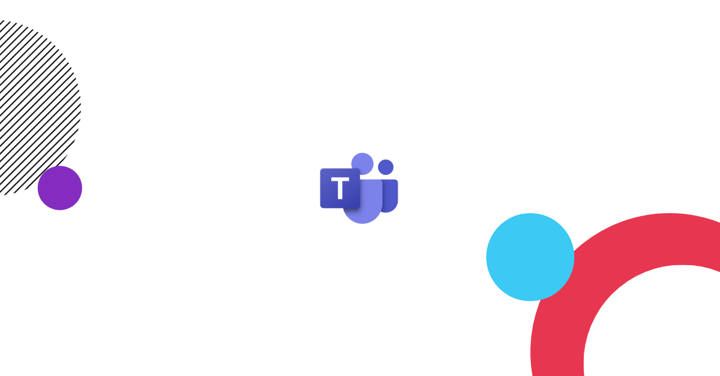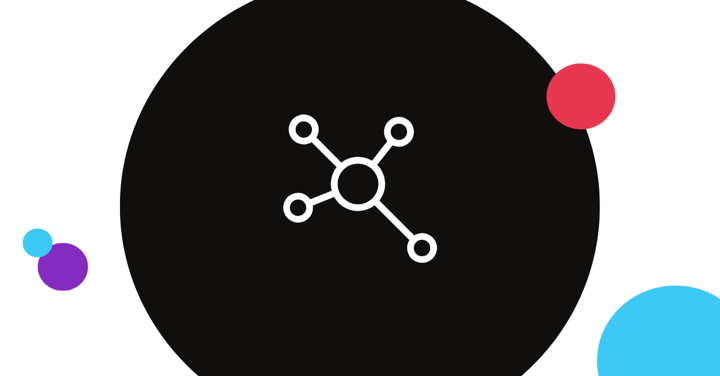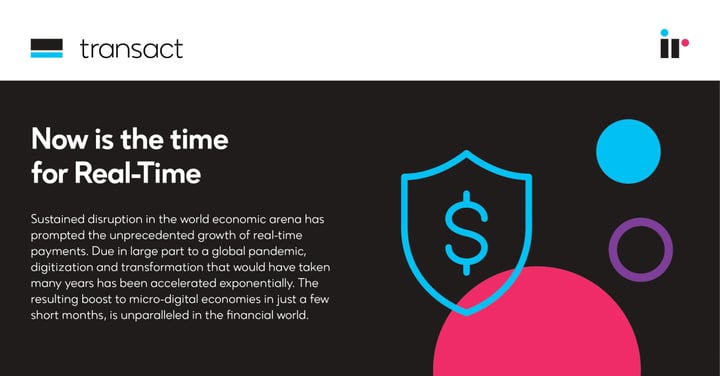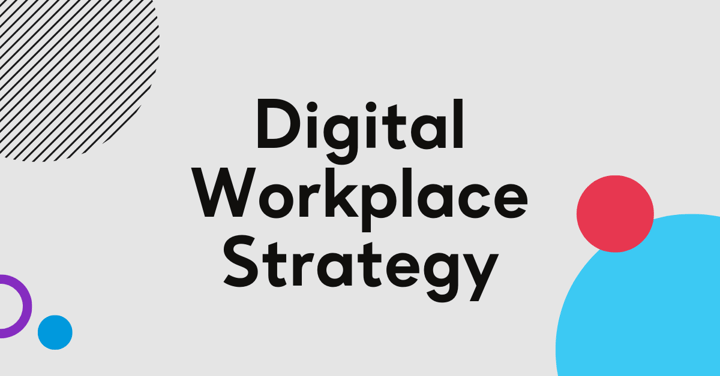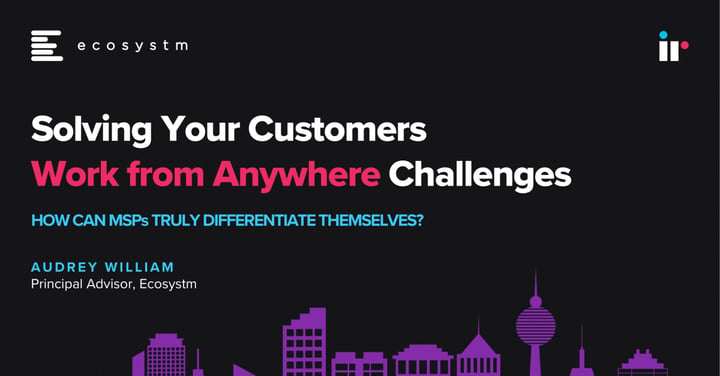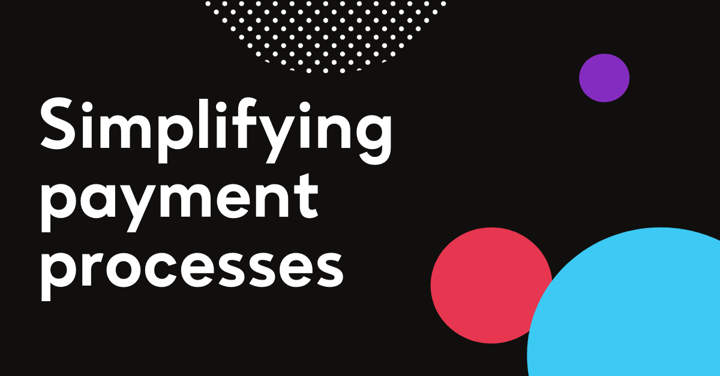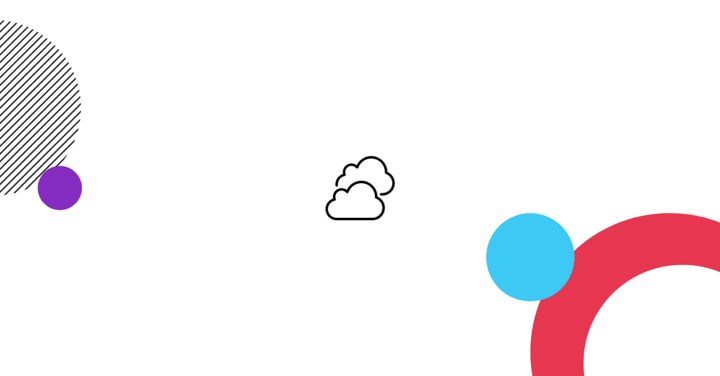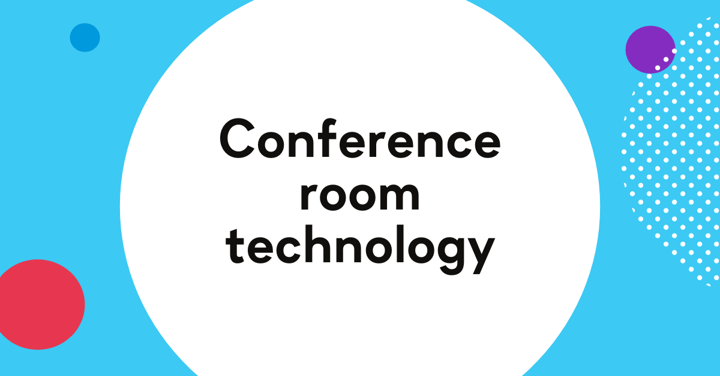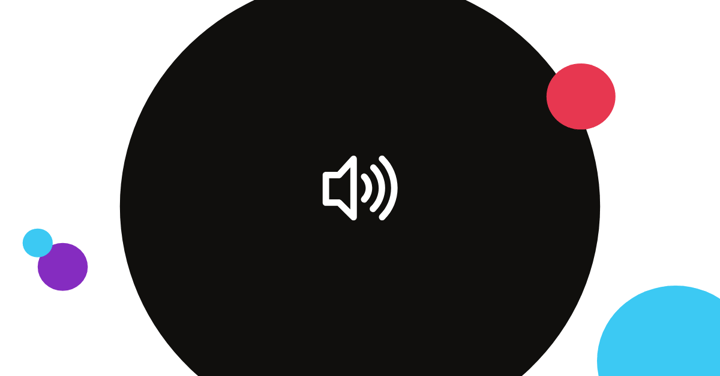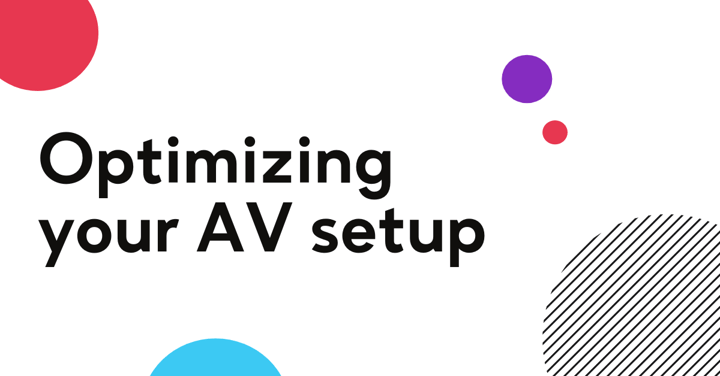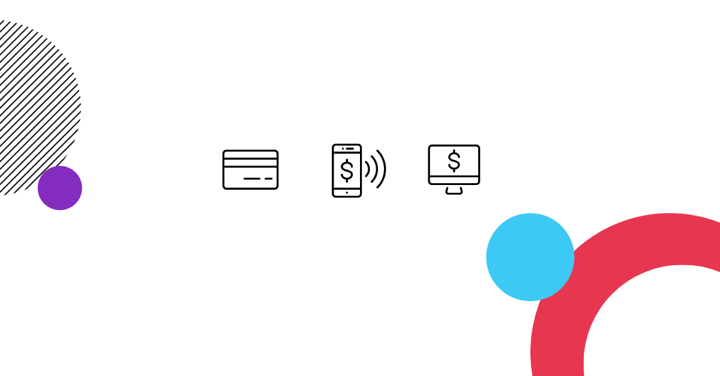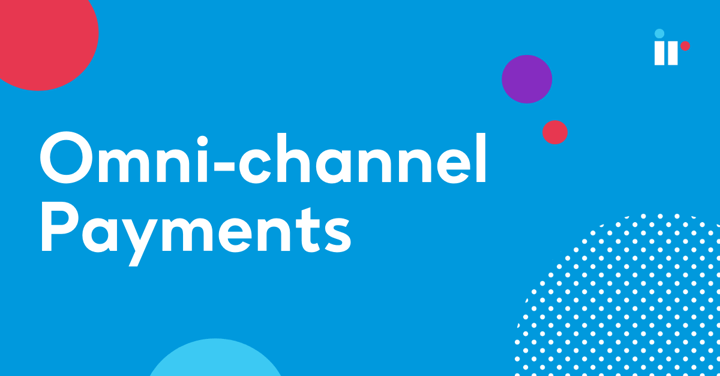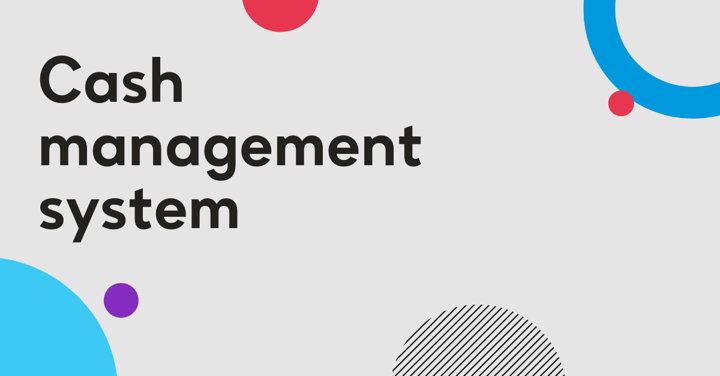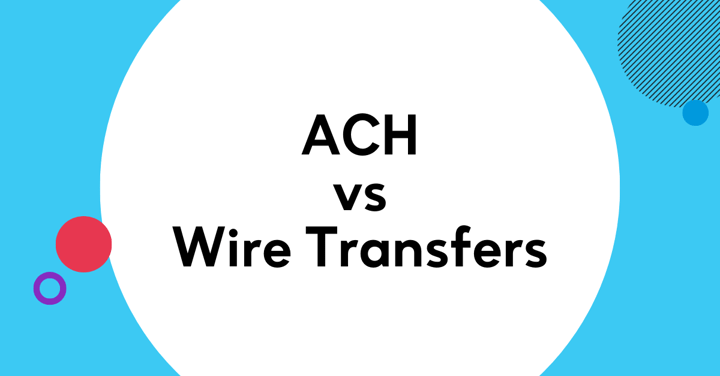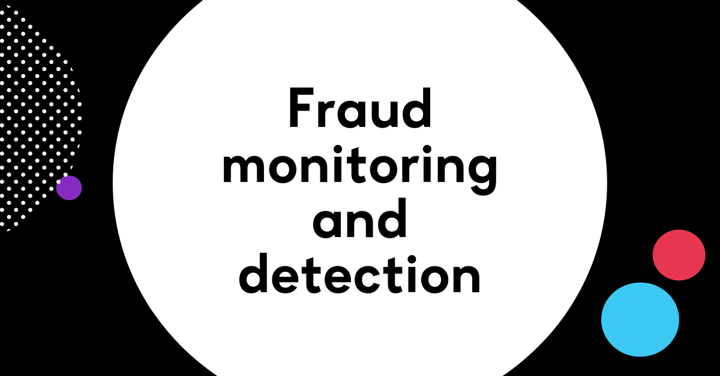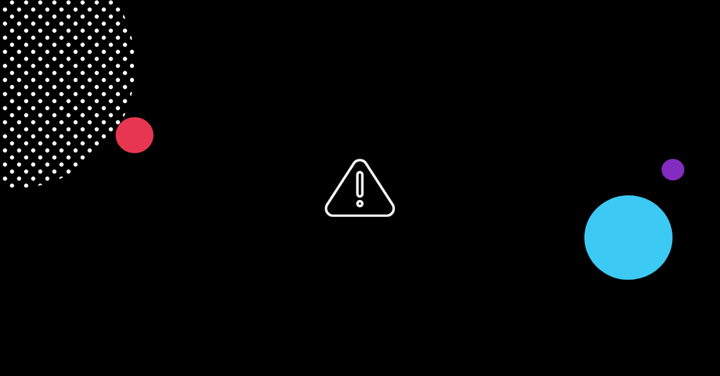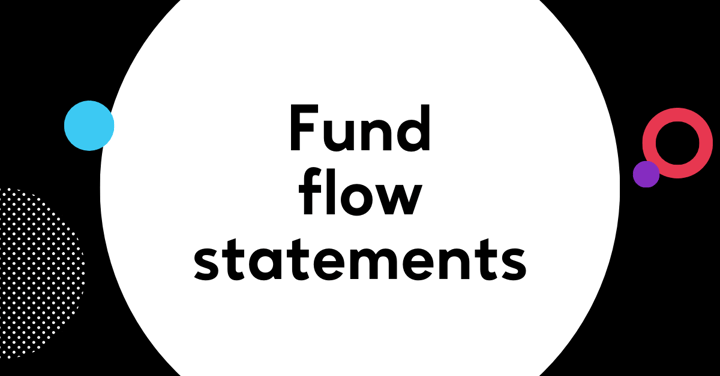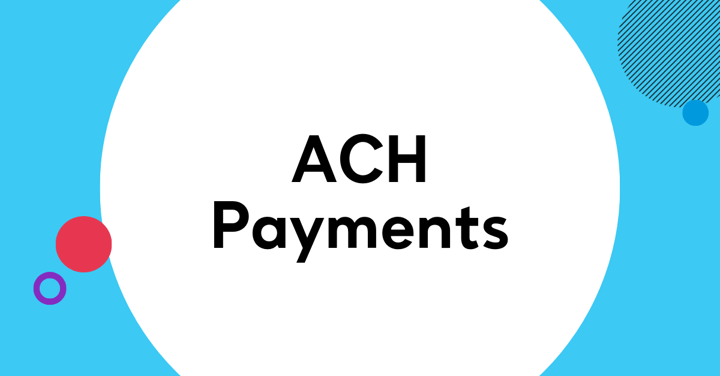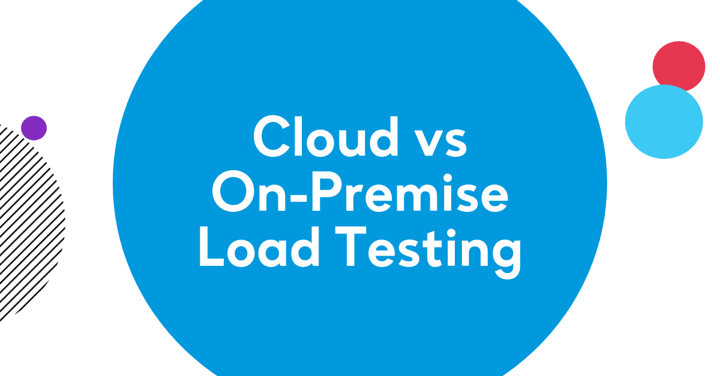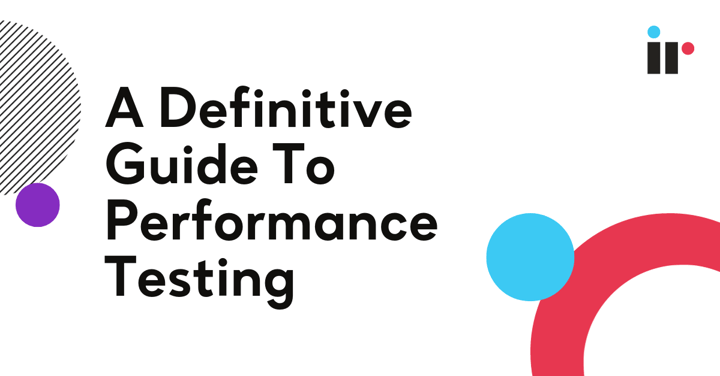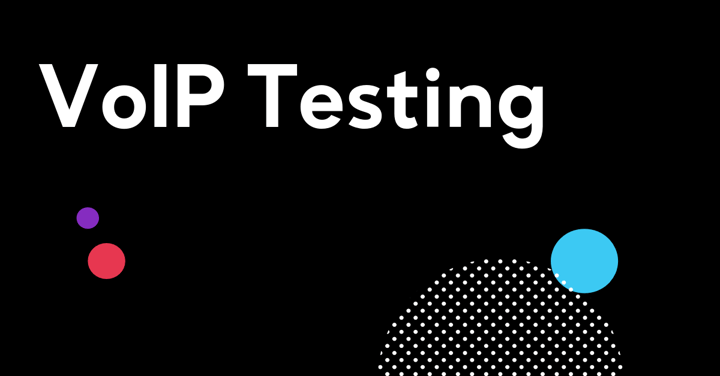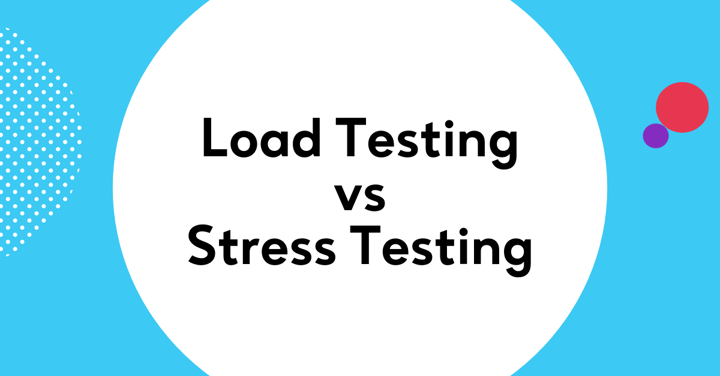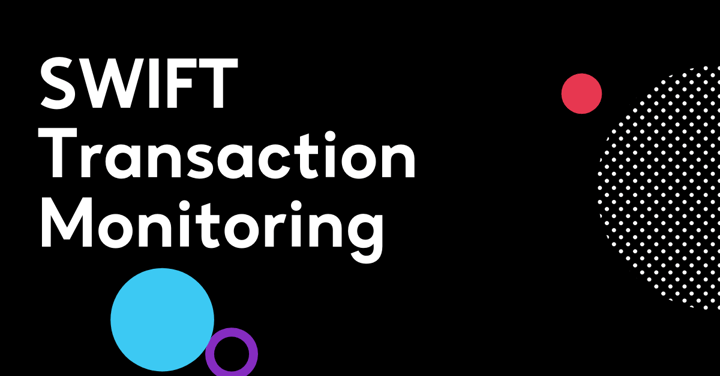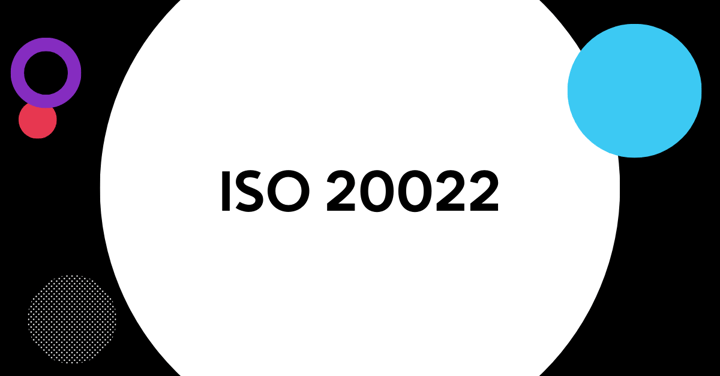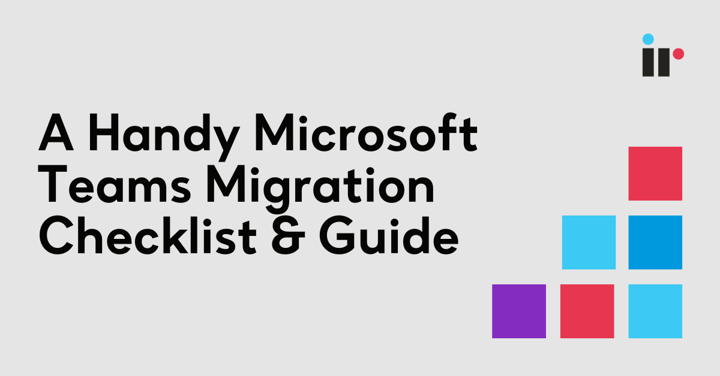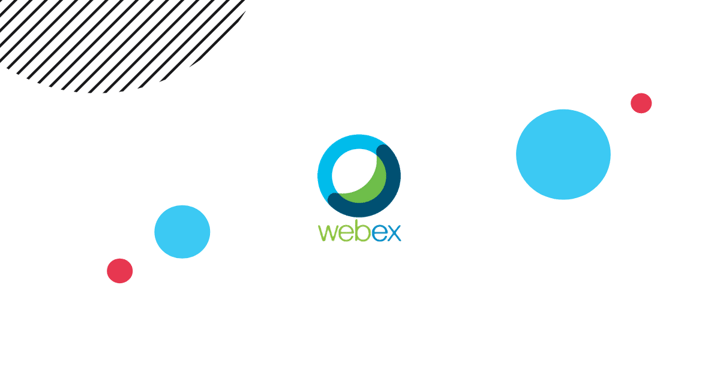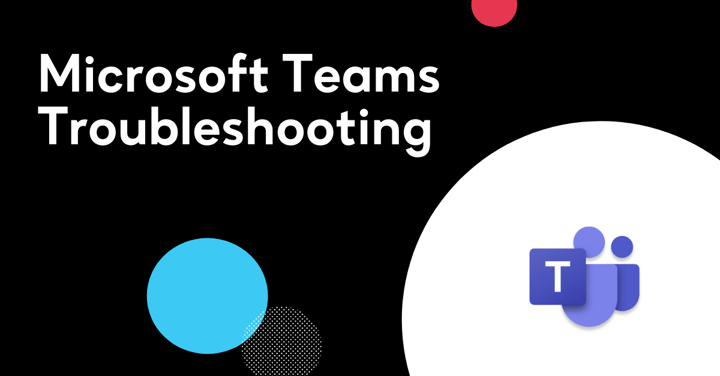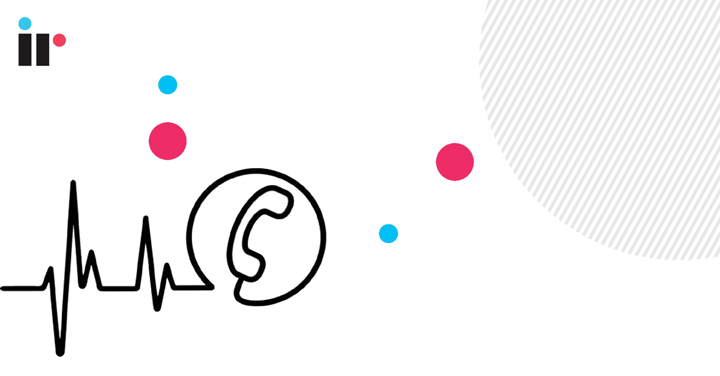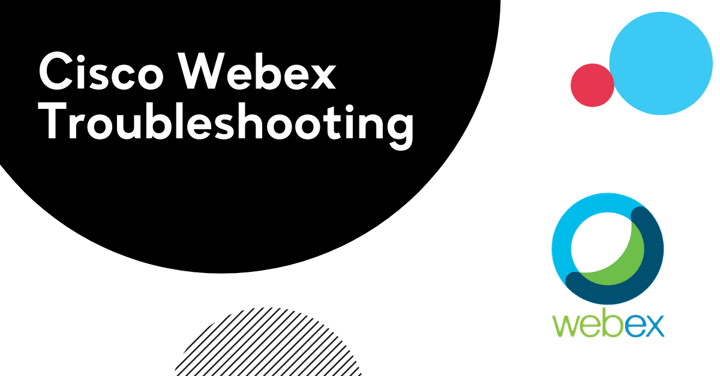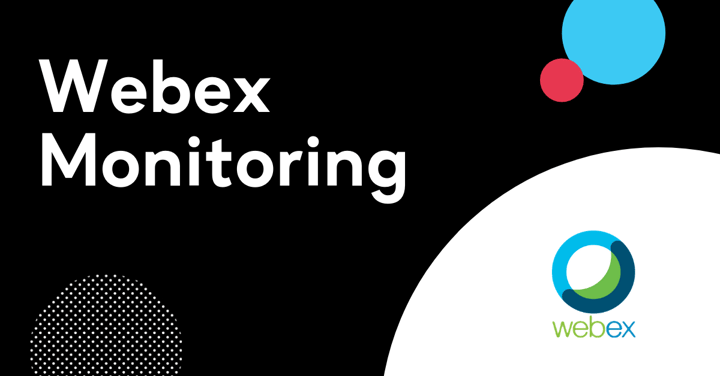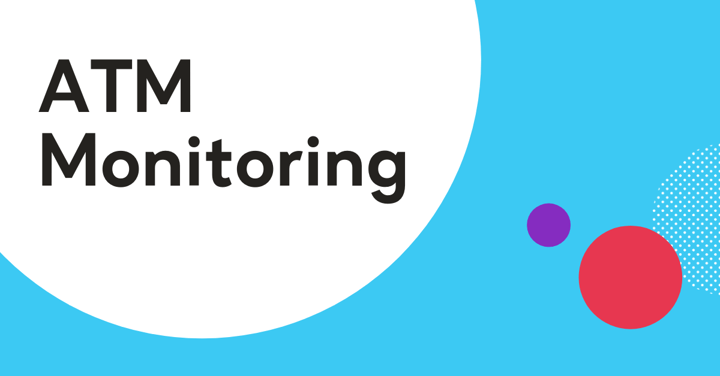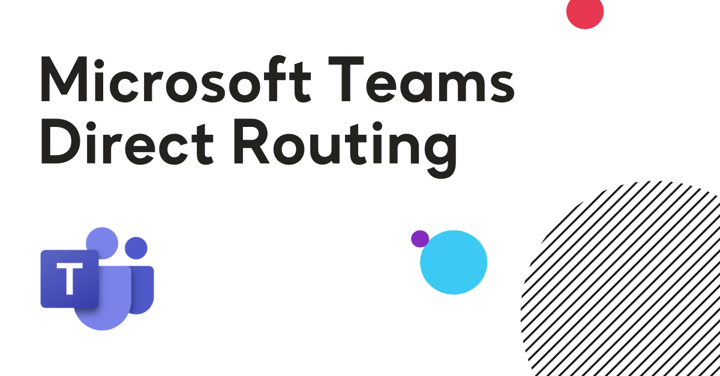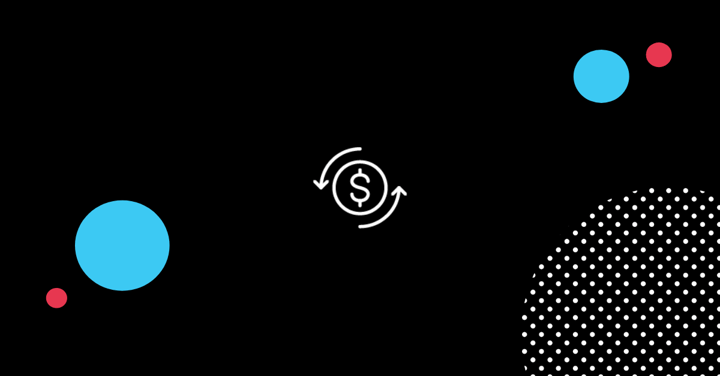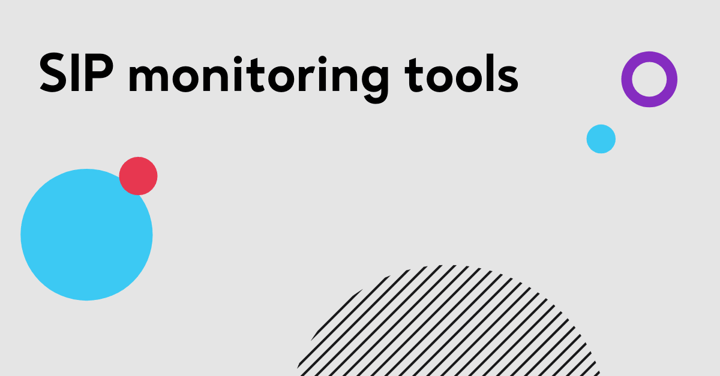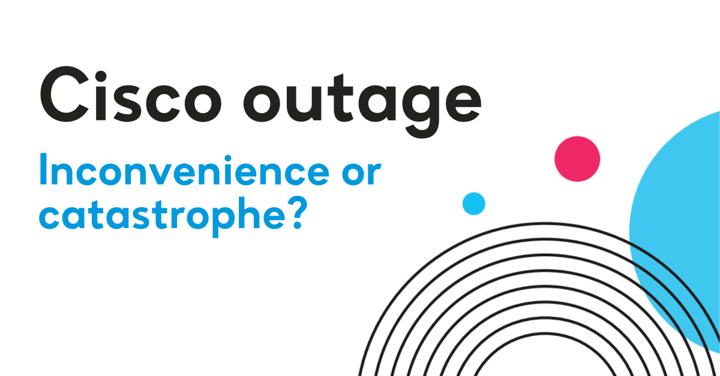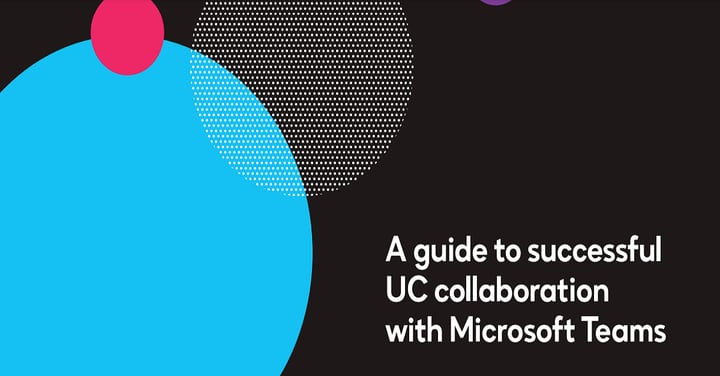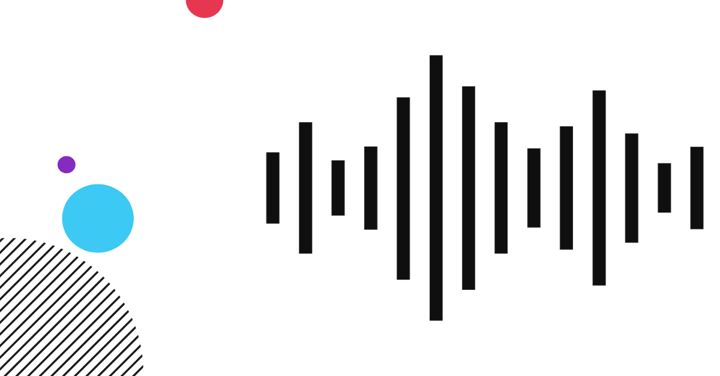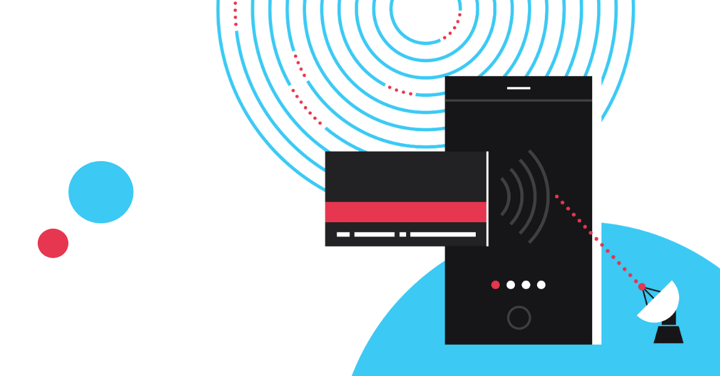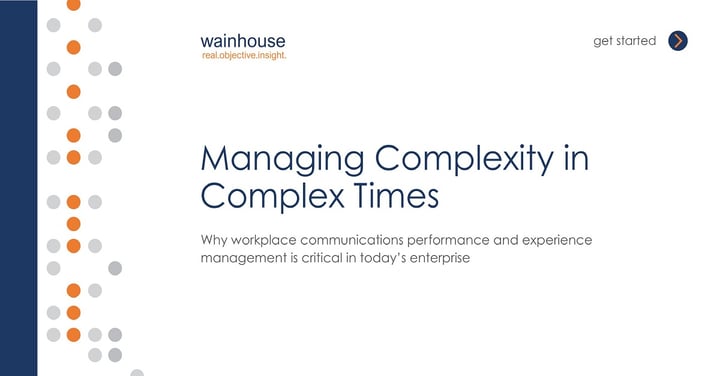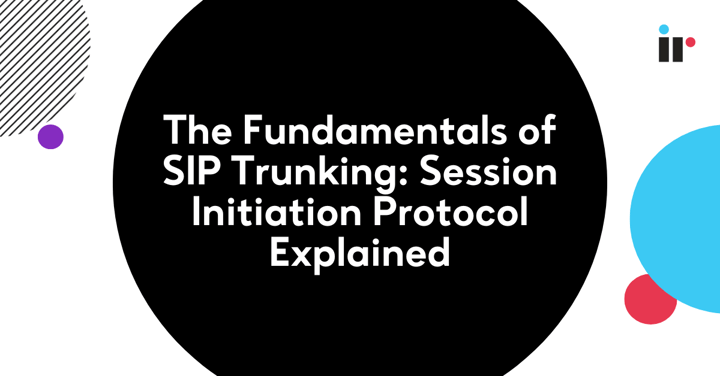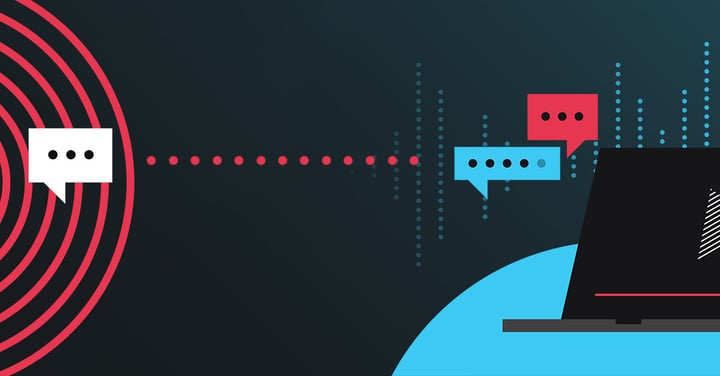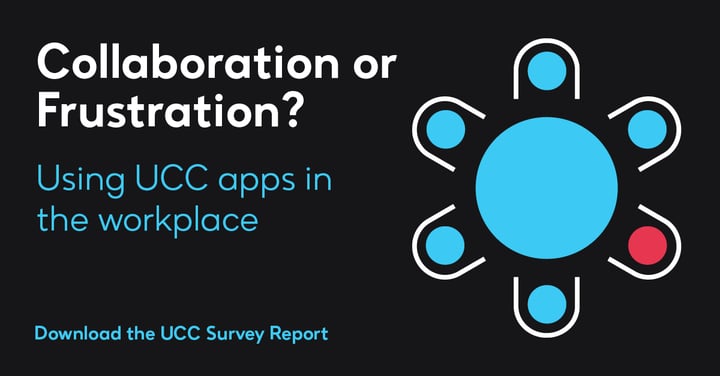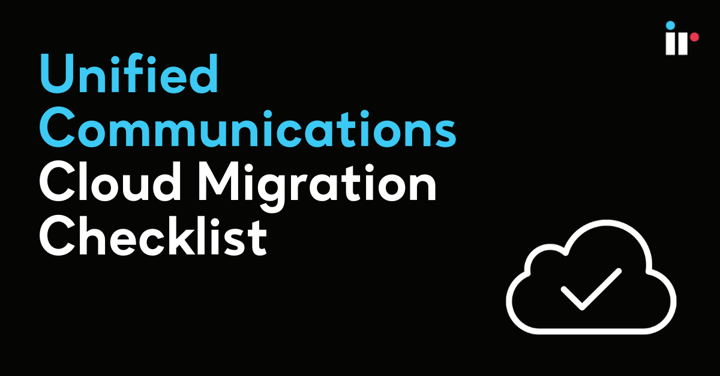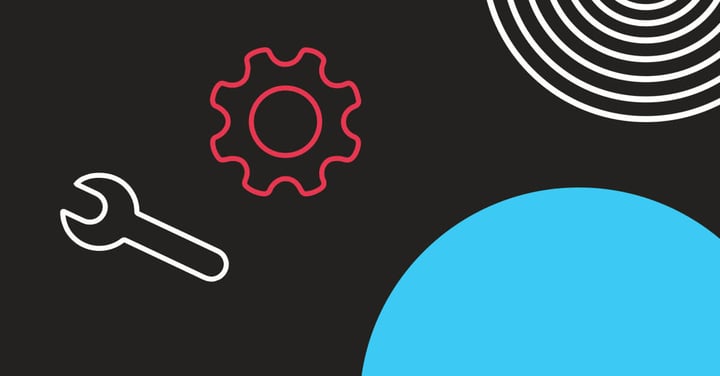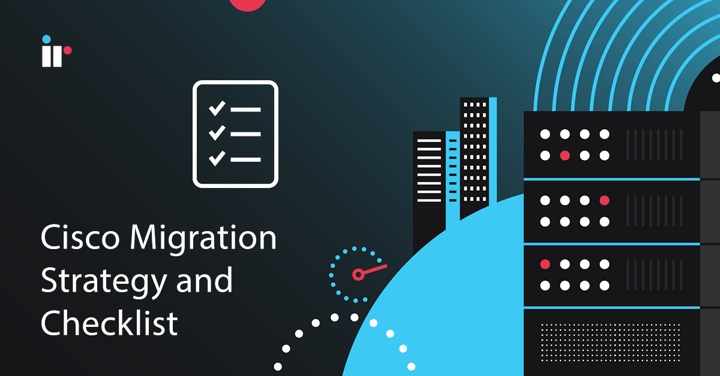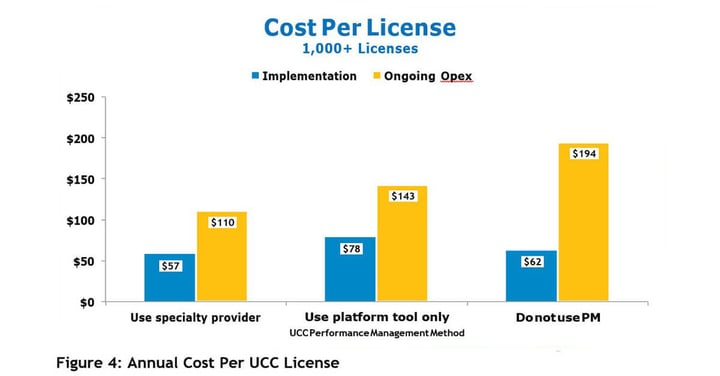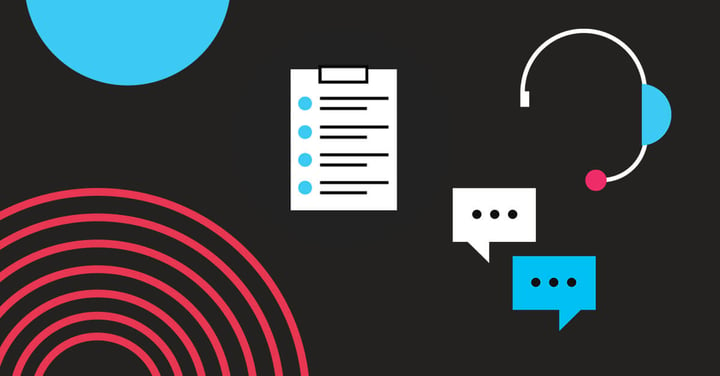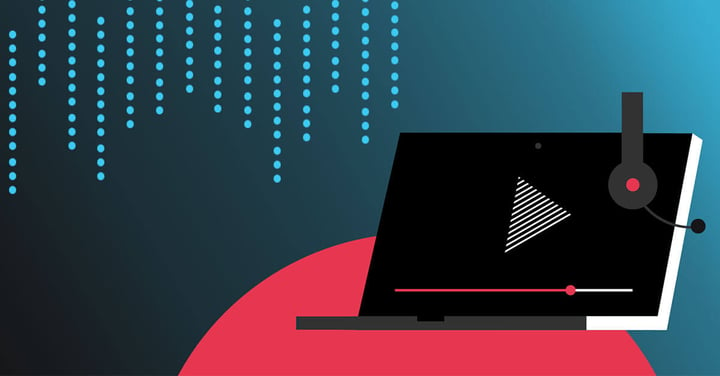eBooks, Guides, & Reports
Where Banks Are Investing in Tech and How to Avoid Buyer’s..
eBooks, Guides, & Reports • 17 MIN READ
Real-time Payments: Enabling Transformation in APAC and MEA
A look at the unprecedented growth in the adoption of realtime payments in Asia Pacific (APAC) and Middle East/Africa (MEA) regions, and how they are...
eBooks, Guides, & Reports • 28 MIN READ
Best AI Observability Tools: What your teams..
Observability is non-negotiable as a key success factor when integrating AI models into your IT systems.
eBooks, Guides, & Reports • 29 MIN READ
UCaaS Migration Guide 2026 – How to Avoid Downtime
Introduction Unified communication channels are the arteries that lead to the heart of success for any organization. Even a few minutes of downtime...
eBooks, Guides, & Reports • 14 MIN READ
AI Transaction Monitoring and how it works:..
By deploying high-performance AI models for transaction monitoring, banks financial institutions and payment providers are keeping pace with...
eBooks, Guides, & Reports • 17 MIN READ
AI Network Monitoring 2025: Transform Enterprise..
The ability to capture network performance data is essential to maintain optimal performance throughout your network. AI network monitoring tools are...
eBooks, Guides, & Reports • 11 MIN READ
AI Observability: Complete Guide to Intelligent..
Observability plays a crucial role in anything to do with machine learning and AI powered applications.
eBooks, Guides, & Reports • 11 MIN READ
Unified Communications and Collaboration in..
Unified communications and collaboration (UC&C) is in the forefront of enabling change in financial services. Whether it is in distributed delivery...
eBooks, Guides, & Reports • 30 MIN READ
Navigating the IPv4 to IPv6 Transition: Essential..
When the internet first came to be, every computer or internet-connected device was assigned a unique public IP address, using a protocol called...
eBooks, Guides, & Reports • 21 MIN READ
Navigating the Future of Contact Centers
From the introduction of Automatic Call Distributor (ACD) systems in the early 1970s to the AI-driven Interactive Voice Response (IVR) technology of...
eBooks, Guides, & Reports • 21 MIN READ
IPv4 to IPv6 Migration: Complete Enterprise Guide..
When the internet first came to be, every internet-connected computer was assigned a unique public IP address. At the time, there seemed to be an...
eBooks, Guides, & Reports • 12 MIN READ
Why Financial Institutions and Fintechs Need..
Rising to the challenge In the evolving financial landscape, both traditional financial institutions (FIs) and Fintechs are faced with adapting to...
eBooks, Guides, & Reports • 8 MIN READ
Navigating the Complexity of UC&C in Large..
Understanding The Technology – Keeping Up With Change In recent years, necessity and innovation have fundamentally changed the identity of Unified...
eBooks, Guides, & Reports • 18 MIN READ
Network Monitoring Tools: What You Should Know..
Network Monitoring Tools are like the dashboard of a car. They monitor vital real-time information such as speed, fuel level, brake, battery and...
eBooks, Guides, & Reports • 37 MIN READ
Webex Calling Troubleshooting: The Complete Guide
With over 50 million Cisco cloud calling users, Webex Calling is the go-to communication and collaboration solution for businesses of all sizes...
eBooks, Guides, & Reports • 15 MIN READ
MSP RMM Solutions: A Full Guide to Remote..
In today's working world, bricks-and-mortar offices are no longer as important as the ability to work effortlessly from anywhere, with secure, robust...
eBooks, Guides, & Reports • 17 MIN READ
Choosing the Best Network Performance Monitor:..
In today's highly connected and digital environment, network performance monitoring is absolutely crucial for businesses to maintain a healthy...
eBooks, Guides, & Reports • 14 MIN READ
A Guide to Genesys Monitoring: Delivering..
All successful enterprise organizations know that prioritizing their customers' experience can create value. But despite their efforts, many struggle...
eBooks, Guides, & Reports • 7 MIN READ
Improving Patient Experience and Care: The Impact..
Adapting to the New Norm: Telehealth’s Impact on Healthcare Communication Technology The healthcare industry has experienced a significant...
eBooks, Guides, & Reports • 17 MIN READ
Network Monitoring 101: Tools, Metrics, and Best..
For any organization, the last thing you want to hear is that the network is down. Worse still, when your computer network crashes, it creates a slew...
eBooks, Guides, & Reports • 35 MIN READ
Real-Time Payments Are Here: Now What?
Explore the potential risks and rewards of three real-time payments use cases that can turn a must-have feature into a revenue and retention driver....
eBooks, Guides, & Reports • 25 MIN READ
The Rise of RMM Software: The Ultimate Guide to..
Digital transformation continues to bulldoze its way into every aspect of global working culture. This has brought about unprecedented growth in the...
eBooks, Guides, & Reports • 14 MIN READ
The Complete Guide to Genesys Cloud Quality..
For those organizations whose beating heart is their contact center, the degree of quality management significantly influences the effectiveness of...
eBooks, Guides, & Reports • 8 MIN READ
The Ultimate Guide to MSP Network Monitoring:..
Managed Service Providers are a critical element in today's modern business landscape. In fact the Managed Services Market size is estimated at USD...
eBooks, Guides, & Reports • 10 MIN READ
Demystifying Remote Monitoring and Management..
In a working world, where a bricks-and-mortar office is no longer the norm, organizations need the right tools to manage their employees and to...
eBooks, Guides, & Reports • 16 MIN READ
The Complete Guide to Enterprise Unified..
Unified communications (UC) is a collective term that all enterprise organizations are familiar with, as it forms the cornerstone of business...
eBooks, Guides, & Reports • 12 MIN READ
Genesys Cloud Monitoring
An organization's emphasis on Customer Experience (CX) is a valid reflection of their success as a business. After all, it's positive customer...
eBooks, Guides, & Reports • 9 MIN READ
Genesys Cloud Troubleshooting
The Genesys Cloud Software as a Service (SaaS) solution is a suite of cloud services for enterprise-grade communications, collaboration, and customer...
eBooks, Guides, & Reports • 6 MIN READ
HP Monitoring Tools and Solutions
Hewlett Packard Enterprises (HPE) is one of the world leaders in high-performance computing resources.
eBooks, Guides, & Reports • 11 MIN READ
Network Diagnostics and What You Need To Know
For enterprise organizations, achieving optimal network performance is essential to ensure smooth and efficient operations, both on premises and...
eBooks, Guides, & Reports • 12 MIN READ
Zero Downtime, Maximum Impact: Strategies for..
Contact centres are responsible for delivering best-in-class brand experiences in every interaction. Operating in a dynamic “live” mode, they handle...
eBooks, Guides, & Reports • 9 MIN READ
Digital Transformation in Global Financial..
Where UC&C becomes mission critical The new normal for banking, finance and insurance organizations is pushing them to rely more heavily on unified...
eBooks, Guides, & Reports • 22 MIN READ
A Guide to Digital Employee Experience Management
In a business world where the work-from-anywhere model is commonplace, a great Digital Employee Experience (DEX) can create a happier, healthier work...
eBooks, Guides, & Reports • 12 MIN READ
Experience Monitoring Software for the Hybrid..
To support the work-from-anywhere model, companies have had to increase their investment in remote infrastructure and collaboration tools and...
eBooks, Guides, & Reports • 6 MIN READ
WiFi Strength Test: How To Manage the Strength of..
In today's modern workplace, the ability to work from anywhere allows us diversity and flexibility in the way we get the job done.
eBooks, Guides, & Reports • 9 MIN READ
Proactive IT Infrastructure Monitoring Software
Infrastructure monitoring tools are an invaluable part of the health, availability and performance of every organization's network environment.
eBooks, Guides, & Reports • 9 MIN READ
Digital Experience Management: Things You Should..
Digital Experience Management (DXM or DEM), is a relatively new phrase, but a very significant part of today's global business vernacular.
eBooks, Guides, & Reports • 12 MIN READ
Unlocking the Value of Customer Experience..
These days, customers have the power to elevate or destroy a business with negative reviews or unfavorable online interactions. Word of mouth...
eBooks, Guides, & Reports • 11 MIN READ
End-to-End Testing: A Complete Guide
With remote and hybrid work models firmly embedded in the way we do business, organizations are actively investing in tools and infrastructure to...
eBooks, Guides, & Reports • 16 MIN READ
Finding The Best Network Monitoring Software
For every enterprise organization, perfect network performance is the holy grail. In an ideal world, all your network devices would function as they...
eBooks, Guides, & Reports • 11 MIN READ
Application Performance Monitoring & Observability
Application performance monitoring (APM) is an essential element of today's complex cloud-native environments.
eBooks, Guides, & Reports • 11 MIN READ
Unlocking Fast Transactions: How Instant Payments..
Traditionally, nothing moves fast in the world of payments. But driven by consumer demand and a fluctuating global economy, at last instant payments...
eBooks, Guides, & Reports • 11 MIN READ
Moving to the Cloud: Reasons to Start Your..
The volume of businesses moving to the cloud continues to grow at an increasing pace. Before the pandemic, cloud computing was already booming, but...
eBooks, Guides, & Reports • 15 MIN READ
Finding a Unified Communications Monitoring..
In the modern business world, a seamlessly functioning Unified Communications system is mission critical.
eBooks, Guides, & Reports • 6 MIN READ
Seamless Real-time Payment Management Solutions
New payment processing technology is constantly emerging and evolving, and this is influencing the way consumers, businesses and even financial...
eBooks, Guides, & Reports • 10 MIN READ
Understanding Funding Liquidity Risk & How To..
It's no secret that the global financial crisis sent shock waves throughout national financial systems.
eBooks, Guides, & Reports • 9 MIN READ
A Breakdown of Root Cause Analysis: Identifying..
When a problem occurs, whether it's in general life, or within a specific situation, the first thing we need to do is find the quickest, easiest way...
eBooks, Guides, & Reports • 11 MIN READ
Mastering High Value Payments
Understanding their impact and the critical role of monitoring for financial success.
eBooks, Guides, & Reports • 16 MIN READ
Microsoft Teams Monitoring & Management
Everyone knows Microsoft Teams as a comprehensive and integral communications platform for an organization of any size, all over the globe.
eBooks, Guides, & Reports • 9 MIN READ
Optimize Efficiency with Cisco Network Monitoring..
Many large enterprise organizations deploy Cisco UC products and network devices in one form or another. This includes Cisco switches and routers and...
eBooks, Guides, & Reports • 10 MIN READ
The Best Network Management Software & Tools
Every enterprise organization strives for perfect network performance. In an ideal world, every network device would function as it should, network...
eBooks, Guides, & Reports • 12 MIN READ
What You Need To Know About Global Payment..
The dynamic global payments landscape is no stranger to transition, but in the last few turbulent years, fierce competition, technical innovations,...
eBooks, Guides, & Reports • 9 MIN READ
On-Premise to Cloud Migration: Your Step-by-Step..
The on-premise to cloud migration process can be a daunting undertaking for any organization. There's a lot to consider, and there is no...
eBooks, Guides, & Reports • 13 MIN READ
Unlocking The Value of System Observability
Compared to even a decade ago today's IT infrastructures are like something from another world.
eBooks, Guides, & Reports • 12 MIN READ
Understanding Liquidity in Banks: A Guide To..
Banks have been an essential part of the global financial ecosystem since the 18th century. Almost every country in the developed world now has a...
eBooks, Guides, & Reports • 11 MIN READ
Voice over IP (VoIP) Monitoring with IR..
Voice Over Internet Protocol - or VoIP - is a technological breakthrough in unified communications and collaboration. The ability to make phone calls...
eBooks, Guides, & Reports • 9 MIN READ
Best Practices for Liquidity Management and..
Every enterprise organization at the top of their game has financial agility as a major priority.
eBooks, Guides, & Reports • 11 MIN READ
Transaction Monitoring Software: Complete Guide..
In today's rapidly evolving payments industry, businesses, Financial Institutions (FIs), merchant acquirers and Managed Service Providers (MSPs) are...
eBooks, Guides, & Reports • 16 MIN READ
What is Cloud Migration? A Guide to Migrating to..
Moving homes, and detaching yourself from an established 'matrix of safety' can be a stressful undertaking, and not a task that anyone relishes.
eBooks, Guides, & Reports • 15 MIN READ
Understanding Liquidity Risk: Causes, Measures &..
What is liquidity risk? In financial terms, liquidity is the ease with which an organization can convert its assets into cash without the sale having...
eBooks, Guides, & Reports • 11 MIN READ
Call Center Monitoring Software: The Right Way To..
Every organization needs to know how effective their customer satisfaction and employee retention strategies are, because these factors have a huge...
eBooks, Guides, & Reports • 13 MIN READ
Deliver High-Quality Services With Managed..
Every enterprise organization wants to streamline their operations and improve efficiency.
eBooks, Guides, & Reports • 17 MIN READ
What is Observability?
Observability in IT and cloud computing, is the ability for IT teams to measure, monitor and analyze internal system performance and system health,...
eBooks, Guides, & Reports • 19 MIN READ
Your Guide To Training Employees To Embrace New..
The global workforce is experiencing a tidal wave of constantly evolving technology which is catapulting businesses to innovative new levels that...
eBooks, Guides, & Reports • 12 MIN READ
How Data Observability Empowers Informed Decisions
Enterprise organizations today are relying more and more on data, or more importantly, data observability to drive their digital products, enable...
eBooks, Guides, & Reports • 23 MIN READ
Bandwidth Management: What It Is & Why It’s..
Network congestion and bottlenecks are the scourge of any business network, causing interruptions to network traffic, poor network performance, and...
eBooks, Guides, & Reports • 10 MIN READ
Ticket Handling Best Practices: Enhance & Manage..
In a digitalized world, an IT help desk is no longer just a call center for basic IT problem resolution. Today's help desk team has become a...
eBooks, Guides, & Reports • 13 MIN READ
A Guide To Enterprise Network Management: Tips &..
In a large enterprise setting, there are likely to be hundreds or perhaps even thousands of network components through which network traffic flows...
eBooks, Guides, & Reports • 14 MIN READ
Understanding Network Security: The Different..
Hybrid working has become a part of workplace culture for many organizations. Dealing with a distributed workforce, multiple layers of network...
eBooks, Guides, & Reports • 12 MIN READ
Support Ticket Response Examples To Improve..
In today's consumer driven economy, a positive customer experience is a must. How customers react when they first encounter your brand, and how their...
eBooks, Guides, & Reports • 14 MIN READ
Enhancing the Customer Experience With Digital..
Consumers today are spoiled for choice when it comes to mobile and web applications to help them get what they need.
eBooks, Guides, & Reports • 10 MIN READ
An Introduction To Application Performance..
Whether we like it or not, digitalization is at the core of economic evolution. Communication and collaboration in the business world, as well as...
eBooks, Guides, & Reports • 14 MIN READ
A Guide To The Best Practices For Training Remote..
Remote work is now a way of life, and employees in many organizations, both public and private, have adopted a full or partial remote working model.
eBooks, Guides, & Reports • 12 MIN READ
Budgeting Strategies to Optimize & Reduce IT Costs
In every organization, it's the job of Chief Information Officers (CIOs), to analyze the implementation of various technologies, and oversee how they...
eBooks, Guides, & Reports • 10 MIN READ
6 ways to collaborate effectively in a..
Delivering Exceptional Employee Experience Will Remain Crucial in 2023 The experimentations on the right hybrid work model will continue well into...
eBooks, Guides, & Reports • 8 MIN READ
UC&C Report: The IT Time Crunch
How today's rapidly evolving world of unified communications and collaboration is impacting IT teams in the workplace.
eBooks, Guides, & Reports • 14 MIN READ
A Guide To Essential Troubleshooting Techniques &..
Unified communications infrastructures have always been complicated, but in today's working world, that complexity has increased in leaps and bounds...
eBooks, Guides, & Reports • 13 MIN READ
Top Cloud Migration Strategies to Help Your..
The business world globally is embracing cloud technology and implementing a cloud migration strategy is now a key consideration in every digital...
eBooks, Guides, & Reports • 22 MIN READ
Managing Online Payment Risks in Payment Systems
In the payments world, cash payments are almost universally being replaced by online payments. Businesses, Payment Service Providers (PSPs),...
eBooks, Guides, & Reports • 14 MIN READ
Upcoming trends in commercial banking: what you..
The state of the world economy remains tenuous, and rife with uncertainties brought about by a number of factors. A sharp rise in inflation, supply...
eBooks, Guides, & Reports • 13 MIN READ
Network bottlenecks: what they are & how to..
If you think of your communications network as a vast motorway, you'll be familiar with the frustration of unexpected bottlenecks.
eBooks, Guides, & Reports • 10 MIN READ
ISO 20022 vs ISO 8583: What is the Difference?
A variety of messaging standards exist in the payments world that enable the flow of information related to financial transactions. These standards...
eBooks, Guides, & Reports • 13 MIN READ
A Guide to ISO 20022 Migration and Adoption
Banks and financial institutions worldwide are embarking on a new era as they prepare to transition their payment systems. The change means switching...
eBooks, Guides, & Reports • 10 MIN READ
Understanding B2B Payment Processing: What it is..
According to a new study from UK based firm, Juniper Research the global transaction value of the Business-to-Business (B2B) payments market will...
eBooks, Guides, & Reports • 13 MIN READ
How To Deliver A Seamless Payments Experience
The customer payment experience has changed exponentially in the past few years. With digital payments at the forefront of the continually evolving...
eBooks, Guides, & Reports • 14 MIN READ
An Introduction to ISO 8583: What You Need To Know
ISO 8583 is an international messaging standard for payments initiated with a financial transaction card (credit or debit card). Visa, Mastercard,...
eBooks, Guides, & Reports • 14 MIN READ
What are Legacy Systems and Why Do Companies..
In today's fast-moving digital world, technology is advancing so quickly that businesses hardly have time to become familiar with their operating...
eBooks, Guides, & Reports • 16 MIN READ
Your Ultimate Guide to Future-Proofing the Hybrid..
The impact of COVID on the world of work has been drastic, rapidly changing the landscape in ways none of us could have imagined. It destroyed...
eBooks, Guides, & Reports • 46 MIN READ
A Guide to Business Agility and Its Value To Your..
The business world today can be ruthlessly tough, and many organizations are struggling to handle constant business change, and maintain a...
eBooks, Guides, & Reports • 15 MIN READ
The Importance of the Digital Economy
The global economy is experiencing massive, accelerated digital transformation, resulting in the creation of new business models, innovative products...
eBooks, Guides, & Reports • 17 MIN READ
The Value of a Cloud-Based Approach: What It Is &..
Today's business world is undergoing intense digital transformation and constantly changing. Data has become an organization's most valuable...
eBooks, Guides, & Reports • 13 MIN READ
Hospitals and Health Systems in a Hybrid World
While cloud technology has accelerated the development of video conferencing and telepresence in every industry, it has been mission critical in...
eBooks, Guides, & Reports • 10 MIN READ
Deep Packet Inspection (DPI): How it works and..
In a digital-first world, each and every piece of digital information transmitted over the internet is delivered in small bundles of data, called...
eBooks, Guides, & Reports • 13 MIN READ
A Guide To Hybrid Cloud: What It Is & How It Works
Even before COVID-19 knocked the world off its axis, cloud computing was quickly emerging as the way global businesses would operate in the future.
eBooks, Guides, & Reports • 12 MIN READ
Camera Troubleshooting: Common Webcam Problems &..
Video calling and video meetings are replacing many face-to-face interactions in our new working world, but unified communications and collaboration...
eBooks, Guides, & Reports • 16 MIN READ
Pairing Your Jabra, Bose and Poly Bluetooth..
As IT experts you know unified communication and collaboration wouldn't be possible without the wireless technology, equipment and sound devices that...
eBooks, Guides, & Reports • 16 MIN READ
Remote Device Management Services: Key Features &..
After two years of tumult and upheaval in the working world, we've emerged with no doubt that the future workplace will be hybrid, combining some...
eBooks, Guides, & Reports • 15 MIN READ
P2P Encryption: What It Is and Why It’s Important..
We live in a world of emerging technology, and with a rapidly evolving payments industry, the rise of real time payments, and an increasingly complex...
eBooks, Guides, & Reports • 11 MIN READ
Payments Trends Transforming the Industry in 2024..
The financial services industry has undergone a massive shift in just a few short years. Digitization, and developing payment trends are changing the...
eBooks, Guides, & Reports • 28 MIN READ
Understanding the Digital Payment Lifecycle
Payment processing services have come a long way since the days of simply cash or card payment.
eBooks, Guides, & Reports • 15 MIN READ
Putting your Employees First in the Work from..
What the Great Resignation Means for Your Organization As we face the Great Resignation, organizations run the risk of losing employees if they do...
eBooks, Guides, & Reports • 8 MIN READ
A Guide To Network Congestion: What It Is,..
Today's business and working environment requires a fast, stable, and secure network infrastructure to connect all the network components, multiple...
eBooks, Guides, & Reports • 15 MIN READ
Webex by Cisco Audio Troubleshooting Guide
Collaboration in today's workplace has changed, and conferencing with communication tools like Webex by Cisco Meetings have helped create the new...
eBooks, Guides, & Reports • 12 MIN READ
Payment Gateways: What They Are and How They Work
As the name suggests, a payment gateway is one of the many portals that allows payments through the payment processing system. A payment gateway is a...
eBooks, Guides, & Reports • 16 MIN READ
How To Successfully Perform A Slack To Teams..
The popularity of cloud communication and collaboration platforms like Microsoft Teams, Slack, Webex by Cisco, Zoom, Google Workspace, etc. have...
eBooks, Guides, & Reports • 16 MIN READ
How to Create a Digital Workplace Strategy
In our guide 'The Ultimate Guide to the Digital Workplace', we covered in detail the effect that digital transformation has had on the modern...
eBooks, Guides, & Reports • 16 MIN READ
Now is the time for Real-Time
Sustained disruption in the world economic arena has prompted the unprecedented growth of real-time payments. Due in large part to a global pandemic,...
eBooks, Guides, & Reports • 27 MIN READ
How a Digital Workplace Can Benefit Your Business
Since a global pandemic turned the world upside down, digital transformation has introduced so much new technology into the workplace that...
eBooks, Guides, & Reports • 25 MIN READ
Solving Your Customers Work from Anywhere..
Tech Teams Need Service Providers CIOs and tech teams have seen a sharp shift in their mandates and find themselves delivering on business and...
eBooks, Guides, & Reports • 8 MIN READ
Payment Orchestration: Simplifying payment..
Omnichannel payment ecosystems are the way of the future. Financial institutions are closing the online/offline banking divide, improving customer...
eBooks, Guides, & Reports • 14 MIN READ
How Payments as a Service Is Transforming The..
According to a research report from Markets and Markets, the global Payments-as-a-Service (PaaS) market size is estimated to grow from $56.2 billion...
eBooks, Guides, & Reports • 13 MIN READ
Top 10 Ways To Fix Audio Problems with Microsoft..
Our online collaboration tools and applications make up the engine that drives the modern workplace, but like any moving parts of a machine, these...
eBooks, Guides, & Reports • 15 MIN READ
The Future Of Payments: Key Trends Shaping the..
If there's anything certain about the current global economy, it's that eCommerce is advancing astoundingly. In the payments industry, the digital...
eBooks, Guides, & Reports • 14 MIN READ
IaaS, PaaS and SaaS: What You Need To Know About..
The tech industry is rife with acronyms, each new one more bewildering than the last, and often challenging to keep up with. Like IaaS, PaaS, Saas.
eBooks, Guides, & Reports • 18 MIN READ
How Improving Conference Room Technology Boosts..
The modern workplace has come a long way since the days of 9 to 5, when turning up at the office was the only way to imagine things getting done.
eBooks, Guides, & Reports • 20 MIN READ
AV Issues: How To Identify Them And Their..
Meetings and conferences are part of the machinery that drives corporate business today. Since the pandemic drove workers from the office and...
eBooks, Guides, & Reports • 16 MIN READ
How Optimising Your Conference Room AV Setup Can..
Meetings and conferences are part and parcel of corporate business. The pandemic has had a major influence on the way we conduct meetings, and has...
eBooks, Guides, & Reports • 12 MIN READ
Build a Resilient Work from Anywhere Model in 2022
The Work Environment Will Remain Hybrid The Hybrid work model that we have seen emerge over the last 2 years has settled into a norm. Ecosystm...
eBooks, Guides, & Reports • 10 MIN READ
What Businesses Need To Know About The SWIFT..
With international money transfers amounting to trillions globally each day, SWIFT codes exist to ensure the safety, security, and straight through...
eBooks, Guides, & Reports • 18 MIN READ
How Hybrid Workplace Technology Can Transform..
Organizations globally are working towards creating a resilient, sustainable and progressive hybrid workforce that empowers employees to work...
eBooks, Guides, & Reports • 17 MIN READ
Hybrid Workplace Models Are The New Normal
Creating a successful Hybrid Workplace Model Hybrid working is being hailed as the future of work. The office space as we know it still exists, but...
eBooks, Guides, & Reports • 15 MIN READ
Using Alternative Payment Methods to Streamline..
The payments landscape is rapidly evolving, with a global payments revolution seeing shoppers increasingly adopting alternative payment methods...
eBooks, Guides, & Reports • 18 MIN READ
Omnichannel Payments: The Connected Experience
Technological change has accelerated at an astounding pace in the space of two years. For the payments industry, the rapid adoption of omnichannel...
eBooks, Guides, & Reports • 11 MIN READ
What Is Subscription Churn & How Can it be..
Any eCommerce or subscription business relies on customer retention for business longevity and continuity. So the last thing any business wants is...
eBooks, Guides, & Reports • 16 MIN READ
What Does an Effective Cash Management System..
Cash management is the process of collecting and managing cash flows from operating, investing and financing activities. A cash management system...
eBooks, Guides, & Reports • 24 MIN READ
All Your Questions About Cash Flow Modeling..
Cash is the beating heart of any successful business, and for most organizations, cash flow will have the most impact on performance and longevity....
eBooks, Guides, & Reports • 11 MIN READ
Your Guide to Secure Cross-Border Payments
With new players emerging in the world of payments, along with rapidly changing customer demands, the pressure is on to collaborate and develop...
eBooks, Guides, & Reports • 24 MIN READ
What Is Involuntary Churn & How You Can Prevent It
As any eCommerce or subscription business knows, customer retention is the key to business longevity and continuity. Discover and read more about how...
eBooks, Guides, & Reports • 16 MIN READ
What’s the Difference Between ACH vs. Wire..
ACH vs Wire Transfer When businesses or individuals need to make international transfers or transfer funds between bank accounts either domestically...
eBooks, Guides, & Reports • 12 MIN READ
A Guide To Fraud Monitoring & Fraud Detection
There's no doubt that the world has entered a new era in payments. The digital age is ushering in an abundance of choice, convenience, speed and...
eBooks, Guides, & Reports • 14 MIN READ
How Declined Payments Affect Your Business & Ways..
Declined payments cost companies a staggering amount of money every year, and can significantly damage business reputation. In fact, research shows...
eBooks, Guides, & Reports • 11 MIN READ
Managing your Changing Payments Business
The payments industry is under increasing demand due to the influx of new and emerging technologies. In a changing world influenced by external...
eBooks, Guides, & Reports • 19 MIN READ
Managing & Preventing Failed Payments in Banking..
In the payments world, there's nothing more frustrating and potentially damaging to a business than a payment failure. In addition to customer...
eBooks, Guides, & Reports • 19 MIN READ
What is a Fund Flow Statement? Uses & Benefits..
A fund flow refers to the inflow and outflow of funds or assets for a company and is often measured on a monthly or quarterly basis. A fund flow...
eBooks, Guides, & Reports • 16 MIN READ
How & Why Your Business Should Do Cash Flow..
Operating a successful business means tracking many financial metrics, but undoubtedly, tracking operating cash flow is the most crucial. Business...
eBooks, Guides, & Reports • 16 MIN READ
Monitoring & Optimising Digital Payments For Your..
Since the onset of the COVID-19 pandemic, the digital payments market has burgeoned, and the payments industry is experiencing increasing pressure...
eBooks, Guides, & Reports • 13 MIN READ
The Complete Guide to Understanding ACH Payments
Over the years, the world of banking has modified radically and has globally affected millions of individuals. During this age of development,...
eBooks, Guides, & Reports • 14 MIN READ
A guide to disaster recovery services and..
In today’s constantly evolving business landscape where there’s zero tolerance for outages and downtime, a simple human error, cyber attack, natural...
eBooks, Guides, & Reports • 10 MIN READ
Cloud vs On-Premise Load Testing - Benefits and..
In the cloud, there's almost infinite access to resources for computing, storage, and networking, allowing all kinds of applications to be scaled...
eBooks, Guides, & Reports • 19 MIN READ
A Definitive Guide To Performance Testing
Unified communications systems today are becoming increasingly more complex. The speed with which emerging technologies are evolving is...
eBooks, Guides, & Reports • 20 MIN READ
The Expert Guide To VoIP Testing - Ensuring Your..
With the advent of remote working, employees are no longer tethered to their desks, or restricted by hard-wired equipment. As long as there is a...
eBooks, Guides, & Reports • 15 MIN READ
Improving Customer Experience with Contact Center..
Contact centers (sometimes referred to as call centers) are a key element in a seamless customer journey, and in business success. In the hybrid...
eBooks, Guides, & Reports • 24 MIN READ
5 Key Differences Between Load Testing and Stress..
Unified communications systems today carry a far greater level of complexity that even a few years ago. The level of complexity can vary, depending...
eBooks, Guides, & Reports • 18 MIN READ
Is Cash Visibility More Important Than You Think?
In the world of payments, cash is still king. But the value of cash held by enterprise organizations can only be determined if the treasurer knows...
eBooks, Guides, & Reports • 13 MIN READ
Cloud Performance Testing Best Tips and Tricks
There's no denying that cloud based technology is the way forward. Organizations are quickly realizing the benefits of a cloud based framework...
eBooks, Guides, & Reports • 14 MIN READ
What Is Disaster Recovery Testing and Why Is It..
Disaster recovery testing is an important element of an organization's business continuity and disaster recovery plan.
eBooks, Guides, & Reports • 15 MIN READ
SWIFT Transaction Monitoring Best Practices Guide
With worldwide international money transfers amounting to trillions each day, SWIFT codes exist to ensure the safety and security of all those...
eBooks, Guides, & Reports • 11 MIN READ
RTGS for High Value Payments - Minimizing Risk..
Real-Time Gross Settlement (RTGS) is a payment system provided by the banks, that enables the instant and complete electronic settlement of funds...
eBooks, Guides, & Reports • 11 MIN READ
Why Monitoring and Improving Cash Flow Visibility..
Cash flow visibility is the most important criteria for enterprises to gain a solid understanding of their financial situation. Obviously, having a...
eBooks, Guides, & Reports • 9 MIN READ
What is ISO 20022 and How is it Changing?
The payment industry globally is in transition, converging from a wide variety of legacy financial message and data formats to ISO 20022. This...
eBooks, Guides, & Reports • 12 MIN READ
A Handy Microsoft Teams Migration Checklist &..
The geographical distribution of today’s workplace calls for diversity, speed, and utmost ease of collaboration in just a few clicks. We need...
eBooks, Guides, & Reports • 23 MIN READ
Cisco Webex Connection Problems Troubleshooting..
Cisco Webex is one of the world's leading enterprise solutions for video conferencing, online meetings, screen sharing, and webinars. Webex meetings...
eBooks, Guides, & Reports • 8 MIN READ
Reviewing Your Microsoft Teams Migration Project
In July 2021, Skype For Business Online (SFBO), a business communication platform that played an important role in collaboration was officially retired, and many of its customers and users transitioned to Microsoft Teams.
eBooks, Guides, & Reports • 16 MIN READ
Microsoft Teams not working: a guide to Teams..
When it comes to collaboration and productivity software, many organizations worldwide opt for Microsoft Teams. In fact, an estimated 91% of Fortune...
eBooks, Guides, & Reports • 19 MIN READ
Telemedicine Unified Communications &..
How to Maintain High-Quality UC for Healthcare
eBooks, Guides, & Reports • 9 MIN READ
The Importance Of A Transaction Monitoring..
In the last year, the payments industry worldwide has undergone a huge transformation, and the momentum of these changes continues. While we may be a...
eBooks, Guides, & Reports • 8 MIN READ
Cisco Webex Troubleshooting Guide
Ensuring quality of service for collaboration tools can be a daunting task. Collaboration in today's workplace is nothing like it used to be. Video...
eBooks, Guides, & Reports • 6 MIN READ
Cisco Webex monitoring
In the industry of global networking and unified communications, Cisco’s legacy will always be its stable, reliable products. Most large enterprises...
eBooks, Guides, & Reports • 7 MIN READ
Improving video conferencing quality
Once upon a time, not so long ago, video conferencing was a 'nice to have' element of an organization's communication strategy. Unified...
eBooks, Guides, & Reports • 11 MIN READ
Improve Collaboration with Video Conference Tools
Thanks to video conferencing tools, organizations have been able to maintain at least some form of continuity throughout the global pandemic that has...
eBooks, Guides, & Reports • 13 MIN READ
ATM Monitoring Software
ATMs are a crucial part of the way customers carry out a transaction. Even considering the mass global shift to online and mobile banking, and...
eBooks, Guides, & Reports • 5 MIN READ
Your Guide To Microsoft Teams Direct Routing
The global shift to remote working has seen businesses changing their Unified Communication infrastructures and streamlining their working...
eBooks, Guides, & Reports • 17 MIN READ
Payment Monitoring Systems: Complete Guide to..
The payments industry is evolving at blinding pace. Businesses are struggling to effectively manage booming transactions volumes, emerging...
eBooks, Guides, & Reports • 14 MIN READ
Real-time transaction monitoring
The world of payments is evolving so fast that businesses, Financial Institutions (FIs), merchant acquirers and Managed Service Providers (MSPs) are...
eBooks, Guides, & Reports • 13 MIN READ
SIP monitoring tools
During the global COVID-19 pandemic, with many organizations in deep crisis, business continuity has been possible because of the ever-evolving...
eBooks, Guides, & Reports • 11 MIN READ
Cisco outage - inconvenience or catastrophe?
Everyone in the business world is familiar with Cisco Systems, the behemoth California-based company that designs, manufactures, and sells networking...
eBooks, Guides, & Reports • 5 MIN READ
Call analysis - why it's vital for your business
In today's global business world, contact centers are the central hubs - or frontline - for communication between businesses and clientele. An...
eBooks, Guides, & Reports • 6 MIN READ
A Guide to Successful UC Collaboration with..
Microsoft Teams tools to elevate your workplace collaboration Since March 2020, the number of workplaces who now use Microsoft Teams has increased...
eBooks, Guides, & Reports • 27 MIN READ
4 Key Business Drivers for Real-Time Payments Data
COVID-19 is a global human tragedy that has caused significant economic disruption and has had a major impact on transactions and payment flows. But...
eBooks, Guides, & Reports • 8 MIN READ
Fixing jitter in your Cisco and multi-vendor UC..
Within most Unified Communications & Collaboration (UCC) environments, there could be any number of components, services and technologies. Voice...
eBooks, Guides, & Reports • 15 MIN READ
Improving Business Performance with Transaction..
In these uncertain times, businesses are having to deal with a shaky economy as well as keeping up with a fast-moving digital revolution. Every...
eBooks, Guides, & Reports • 6 MIN READ
SIP monitoring for enterprise UC
Business continuity wouldn't be possible without the ever-evolving technology that drives the world of Unified Communications. With the global shift...
eBooks, Guides, & Reports • 9 MIN READ
The Importance of ATM Monitoring and Management..
ATM Monitoring With many banks and financial institutions closing their physical doors and reducing staff levels to save costs, ATMs are becoming a...
eBooks, Guides, & Reports • 8 MIN READ
Network Latency - Common Causes and Best Solutions
Network latency (sometimes referred to as lag) is best described as the delay in the time that data takes to transfer across a network. A long delay...
eBooks, Guides, & Reports • 20 MIN READ
Better workplace collaboration with Microsoft..
Since March 2020, the number of workplaces who now have access to Microsoft Teams has increased exponentially. The number of daily active users has...
eBooks, Guides, & Reports • 18 MIN READ
Omnichannel Banking: Benefits, Challenges and More
With a shaky start to a new decade and plenty of challenges ahead, the last two years has seen financial ecosystems undergo a significant digital...
eBooks, Guides, & Reports • 19 MIN READ
Effective call flows: The key to customer..
More often than not, the first point of contact that a customer or client will have with your business is by phone call. Part of every organization’s...
eBooks, Guides, & Reports • 7 MIN READ
Point Of Sale Monitoring Solutions
Point-of-sale (POS) systems are no longer just ordinary cash registers. In the retail payments space, POS activity has evolved into intuitive, all...
eBooks, Guides, & Reports • 7 MIN READ
Managing UCC Complexity in Complex Times
IR has engaged Wainhouse for thought leadership and insight on the enterprise benefits from monitoring, analytics, diagnostics, and optimization of...
eBooks, Guides, & Reports • 25 MIN READ
The Fundamentals of SIP Trunking: Session..
The world of technology is rife with acronyms – and Unified Communications (UC) has more than its fair share. In telecommunications, traditional...
eBooks, Guides, & Reports • 20 MIN READ
The Complete Guide to Session Border Controllers
In the rapidly advancing world of real-time communication, organizations no longer rely only on voice calls as their primary form of communication....
eBooks, Guides, & Reports • 13 MIN READ
Unified Communications for Healthcare &..
How to Maintain High-Quality UC for Healthcare in a Time of Pandemic
eBooks, Guides, & Reports • 12 MIN READ
Network Jitter - Common Causes and Best Solutions
A stable, reliable network connection is non-negotiable in today's interconnected world. Business productivity depends on it even more, now that a...
eBooks, Guides, & Reports • 21 MIN READ
What Is Network Packet Loss?
A complete guide to understanding, monitoring and fixing network packet loss Unified Communications and Collaboration (UCC) has always been important...
eBooks, Guides, & Reports • 20 MIN READ
Voice monitoring and VoIP quality control
One of the most innovative breakthroughs since the world's first phone call is Voice over Internet Protocol - or VoIP. The term refers to the ability...
eBooks, Guides, & Reports • 10 MIN READ
Collaboration or Frustration? Using UCC..
The use of Unified Communication and Collaboration (UCC) applications are widespread in the modern workforce, becoming employees’ preferred method of...
eBooks, Guides, & Reports • 1 MIN READ
Getting the Most Out of Your Cisco Unified..
The Ultimate Guide to Managing and Optimizing Your Cisco UC Environment It seems as though change is the only constant in the world of Unified...
eBooks, Guides, & Reports • 45 MIN READ
Unified Communications Cloud Migration Checklist
Digital transformation is the way forward today for large and small enterprises globally, and cloud migration is at the forefront of this...
eBooks, Guides, & Reports • 10 MIN READ
Unified Communications Optimization & Management..
Unified communications has come a long way. Today, organizations have limitless options as to how to build their UC stack. Video conferencing is a...
eBooks, Guides, & Reports • 30 MIN READ
Troubleshooting Unified Communications Guide for..
Troubleshooting like a ninja If troubleshooting was easy, everyone would be successful at it. There’s an art to UC troubleshooting and monitoring,...
eBooks, Guides, & Reports • 23 MIN READ
UCaaS: Service Provider UC Monitoring Guide for..
How service providers can own UC optimization It’s important for your team to have a positive and rewarding experience. As a UC service provider (SP), it’s your job to make sure your customers have a great experience, every time. Your customers come to you because they don’t want to deal with service issues – they want you to handle it.
eBooks, Guides, & Reports • 14 MIN READ
Multi-vendor Unified Communications Monitoring..
UC is a multi-vendor world Though today’s UC environments vary in their use of the cloud, they also differ in which UC solutions they leverage....
eBooks, Guides, & Reports • 24 MIN READ
Cisco Unified Communications Migration Checklist
No matter what the size of your enterprise, more and more organizations are choosing Cisco as their preferred platform for integrated unified...
eBooks, Guides, & Reports • 19 MIN READ
Unified Communications Performance Management:..
Nemertes Research: Solid Customer Experience Relies on Well-Managed Communications
eBooks, Guides, & Reports • 20 MIN READ
Compliance Recording Checklist - Is Your Business..
In most businesses across a variety of sectors with contact centers, trade-related communication needs to be recorded reliably. This is mandatory,...
eBooks, Guides, & Reports • 7 MIN READ
Prognosis for Payments: Merchant Acquirers
Merchant Acquirers Maintain SLAs, Avoid Penalties & Proactively Inform in Real-time Prognosis for Payments uncovers hidden information in payment...
eBooks, Guides, & Reports • 2 MIN READ
Real-time Insight for Merchant Acquirers
Merchant Acquirers face tough competition; merchants have a choice who they select to process their transactions, but how do you ensure that they...
eBooks, Guides, & Reports • 1:08 MIN PLAY
Cisco HCS Summit: Partner Ecosystem
IR's Ed Brooks catches up with Mo Al-Taraireh, Cisco HCS Senior Product Manager at the Cisco HCS Summit in Richardson, Texas to discuss being...
eBooks, Guides, & Reports • 1:21 MIN PLAY
Ensuring the Health of Real-time Payments
The move to real-time payments is a global trend that is moving at a fast pace. While the benefits for the consumer are clear, as a bank are you...
eBooks, Guides, & Reports • 1:06 MIN PLAY
UC Assessor identifies cause of Video Conference..
Matthew Jackson describes how ESi used Prognosis UC Assessor to identify the cause of video conference blackouts for one of their customers. For the...
eBooks, Guides, & Reports • 0 MIN READ
Sorry, no items found. Please try again.
Visit our blogs
Subscribe to our blog
Stay up to date with the latest
Collaborate, Transact and Infrastructure
industry news and expert insights from IR.








![Unified Communications and Collaboration in Financial Services [IDC InfoBrief]](https://www.ir.com/hs-fs/hubfs/image_2020-11-25_141647.png?width=720&height=377&name=image_2020-11-25_141647.png)
























